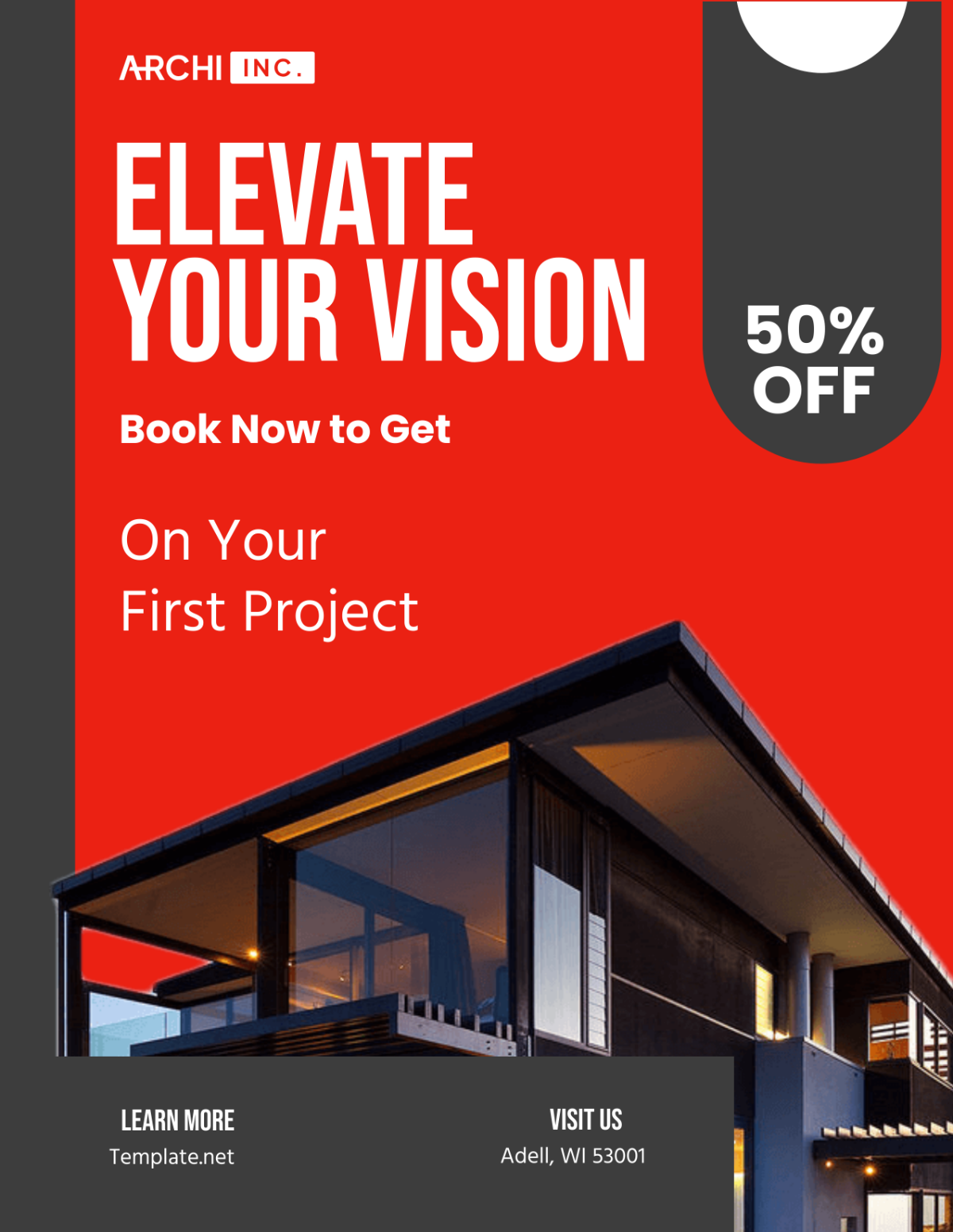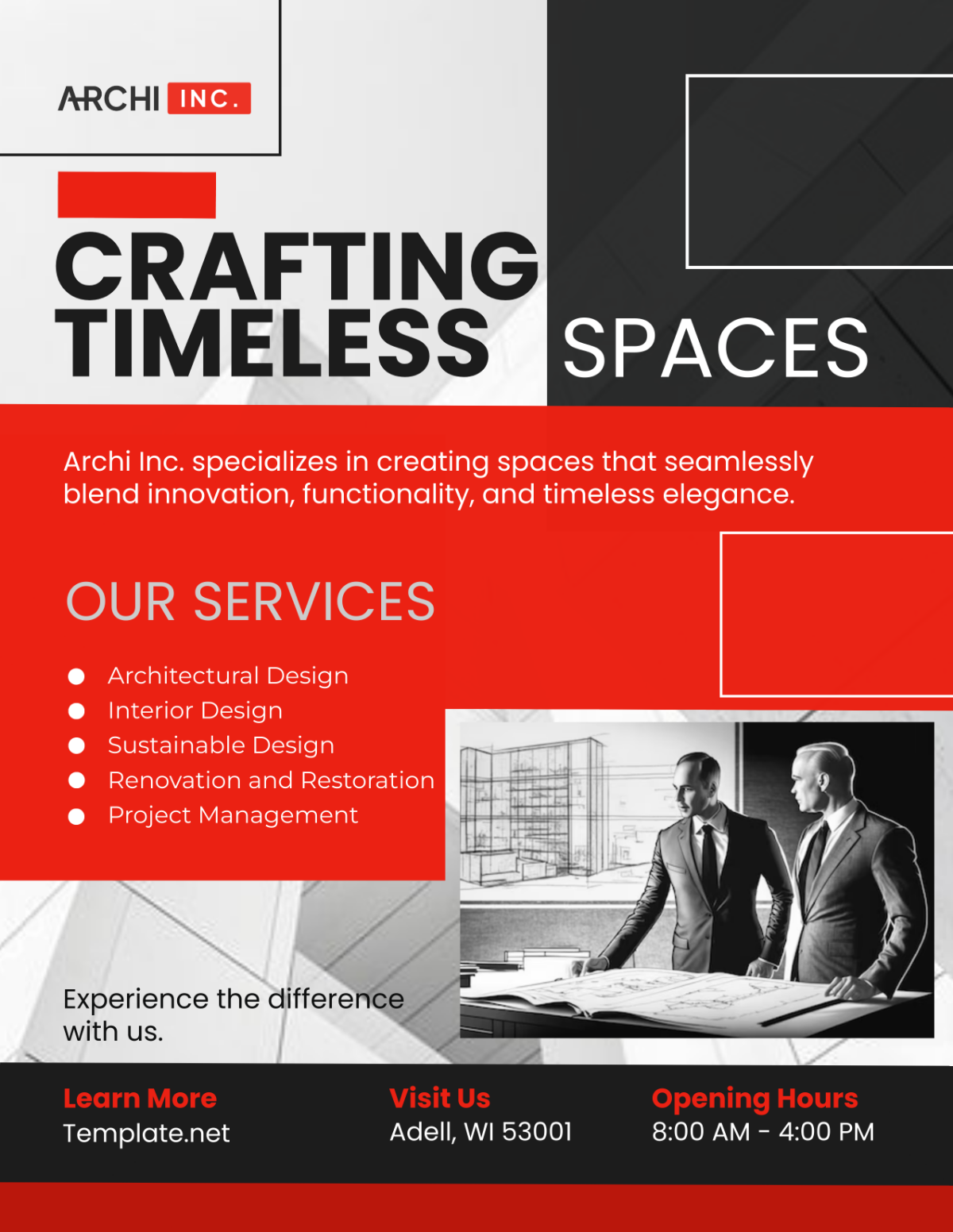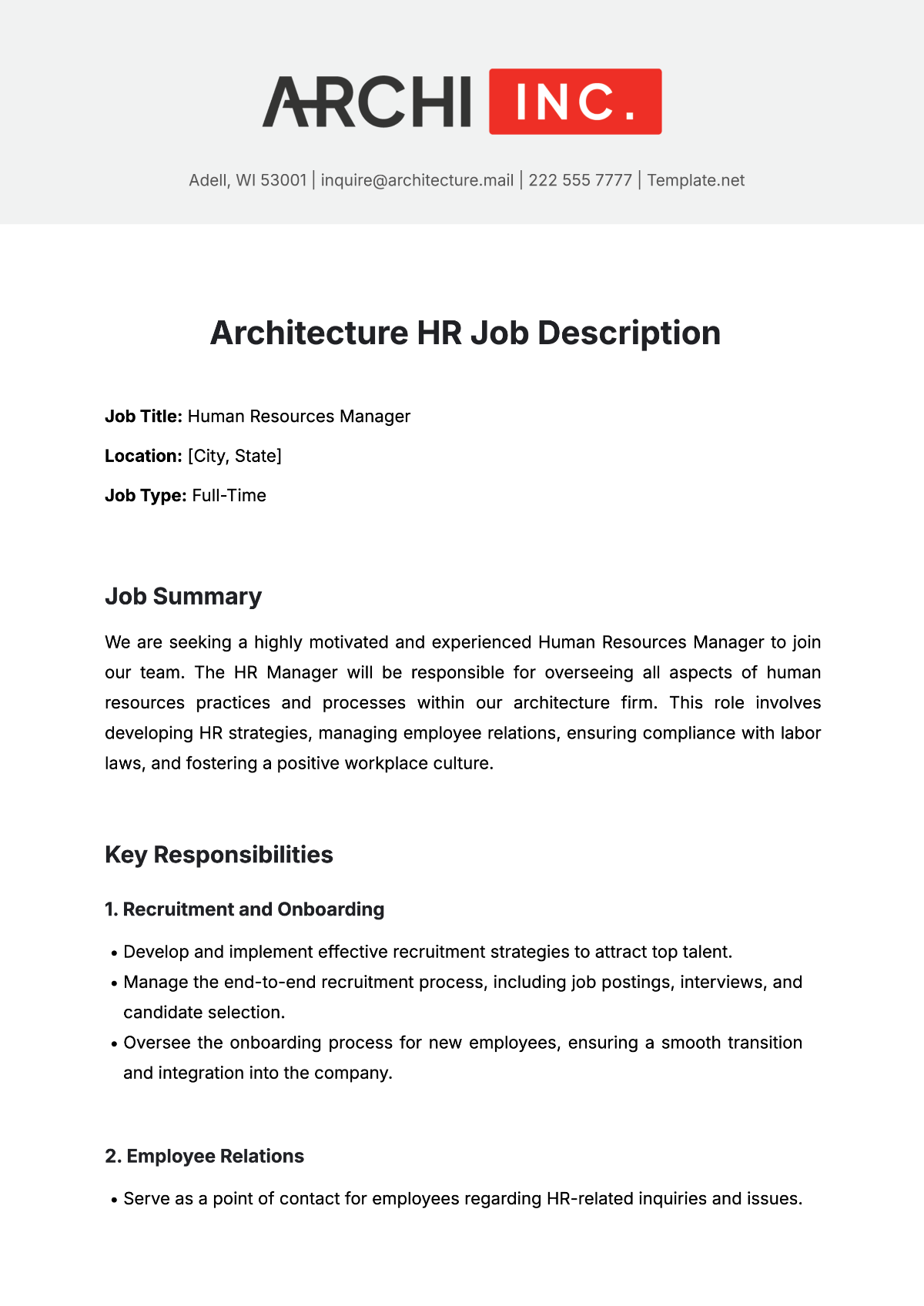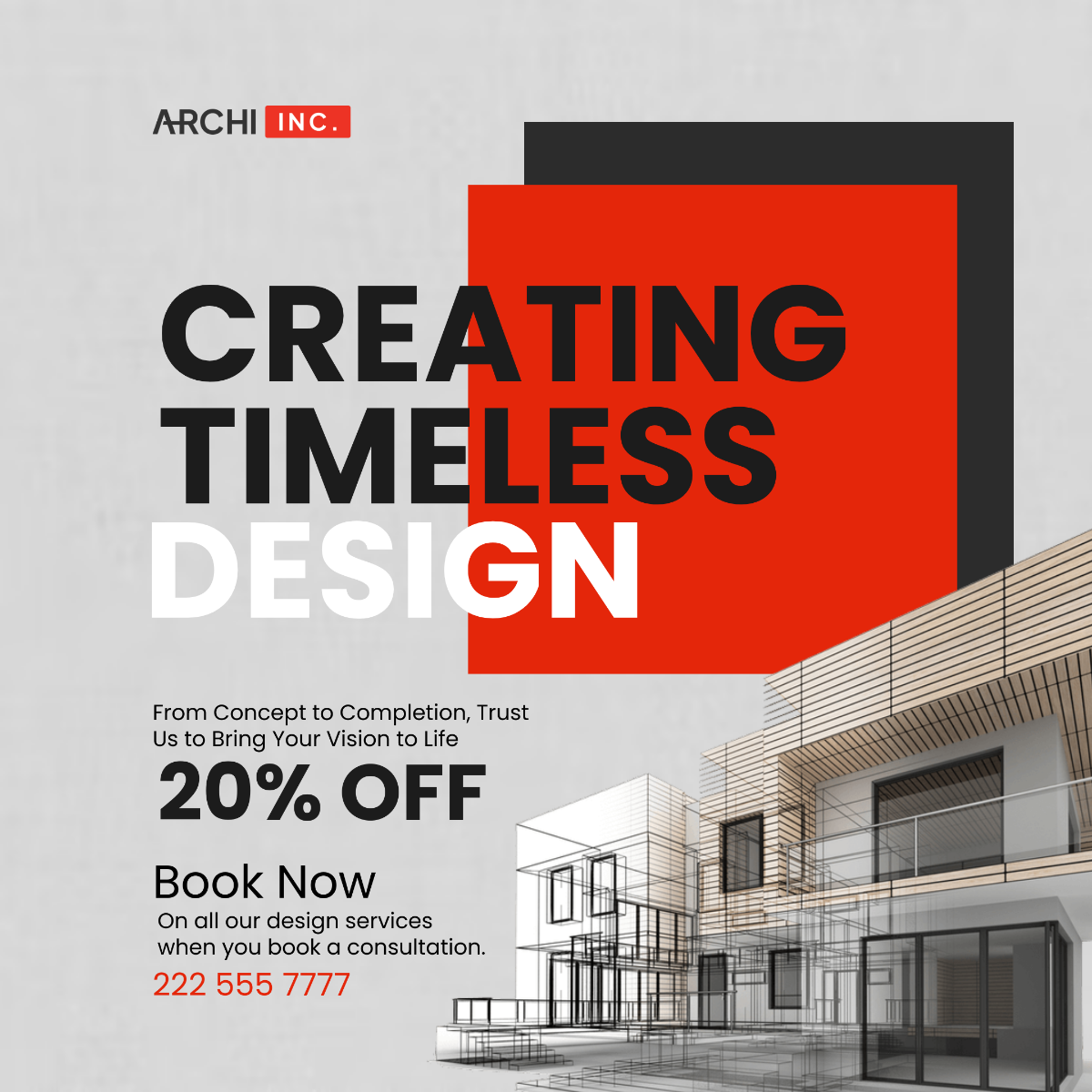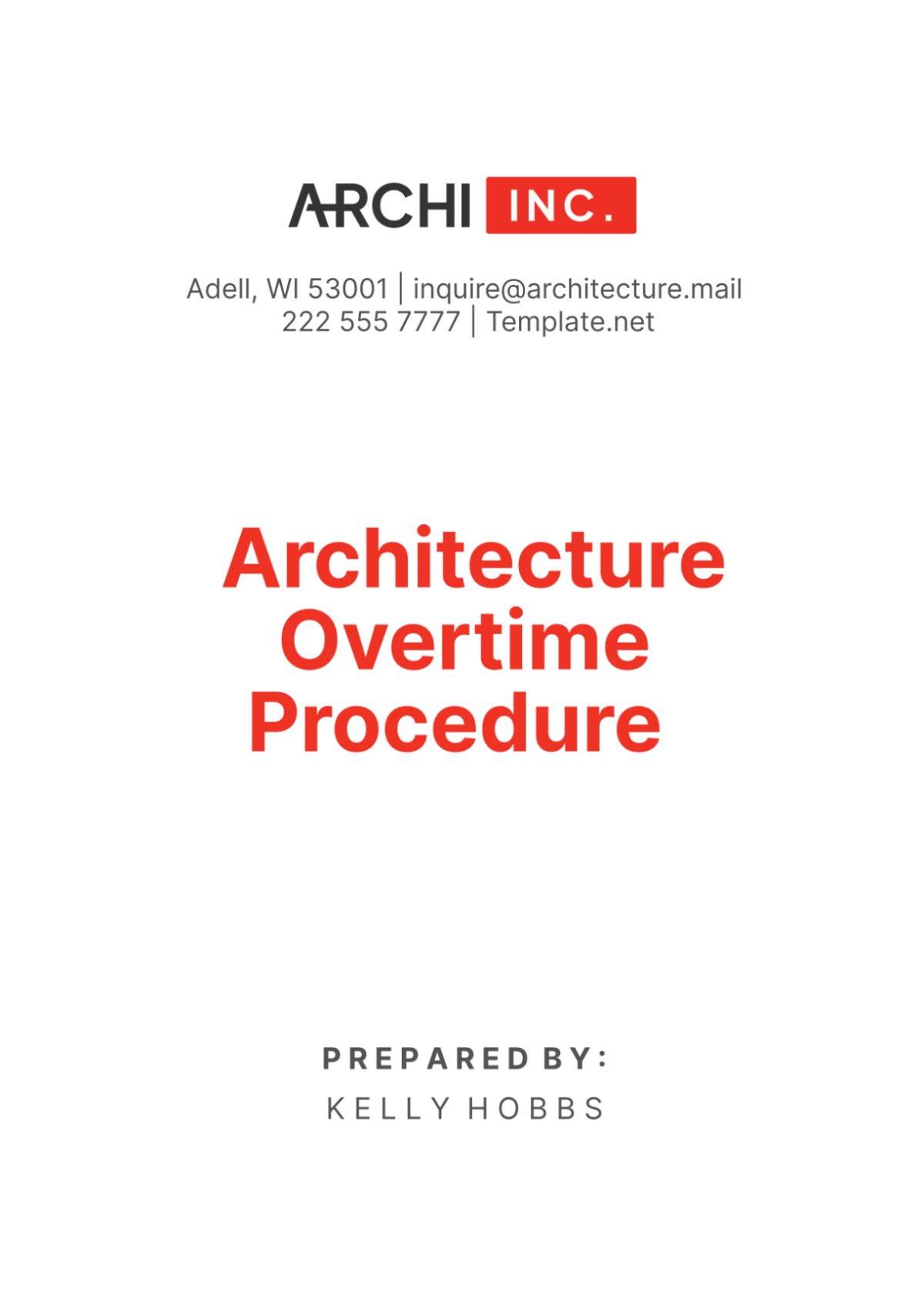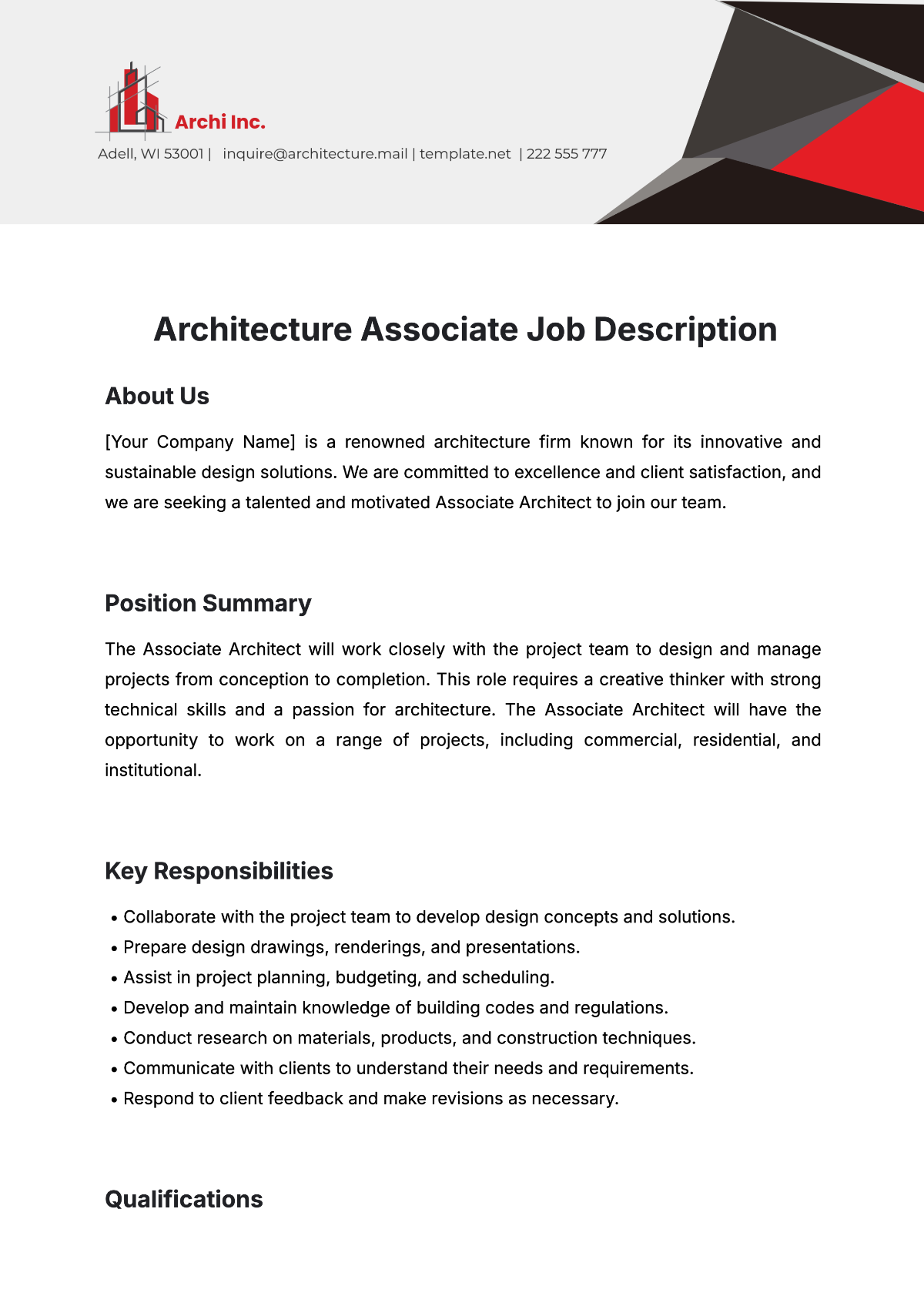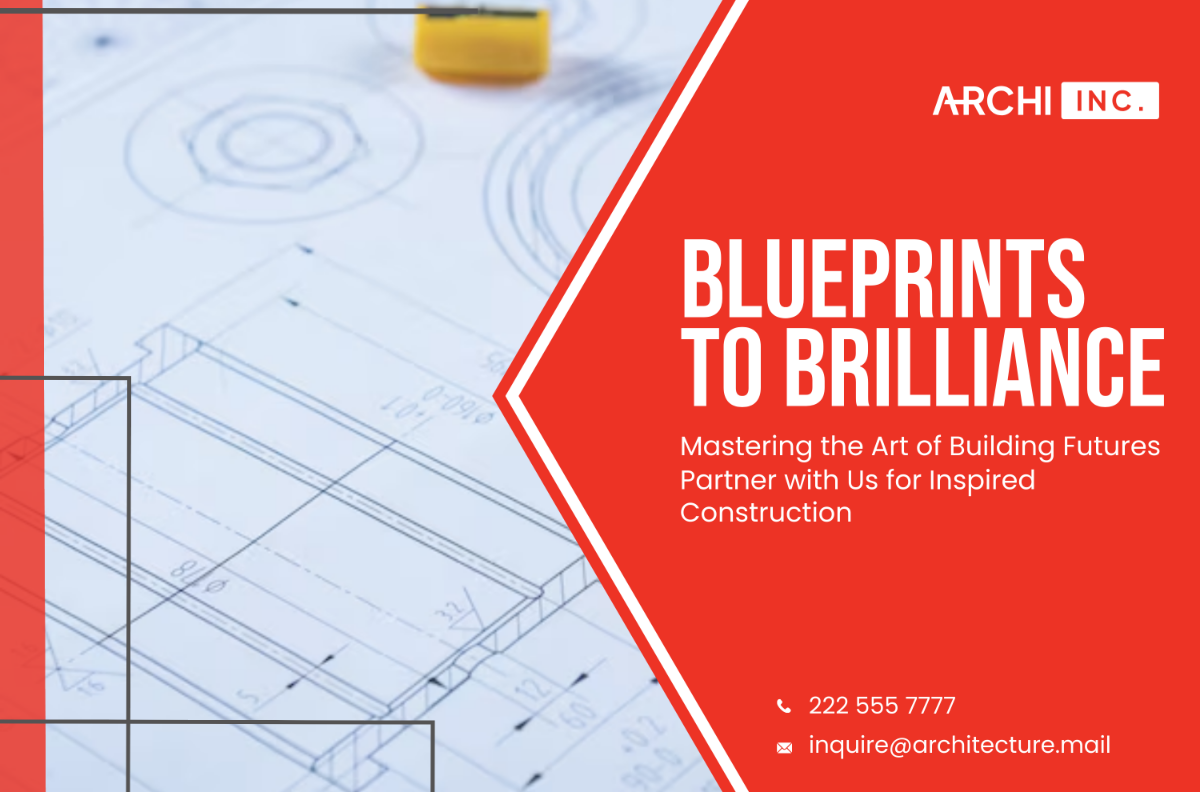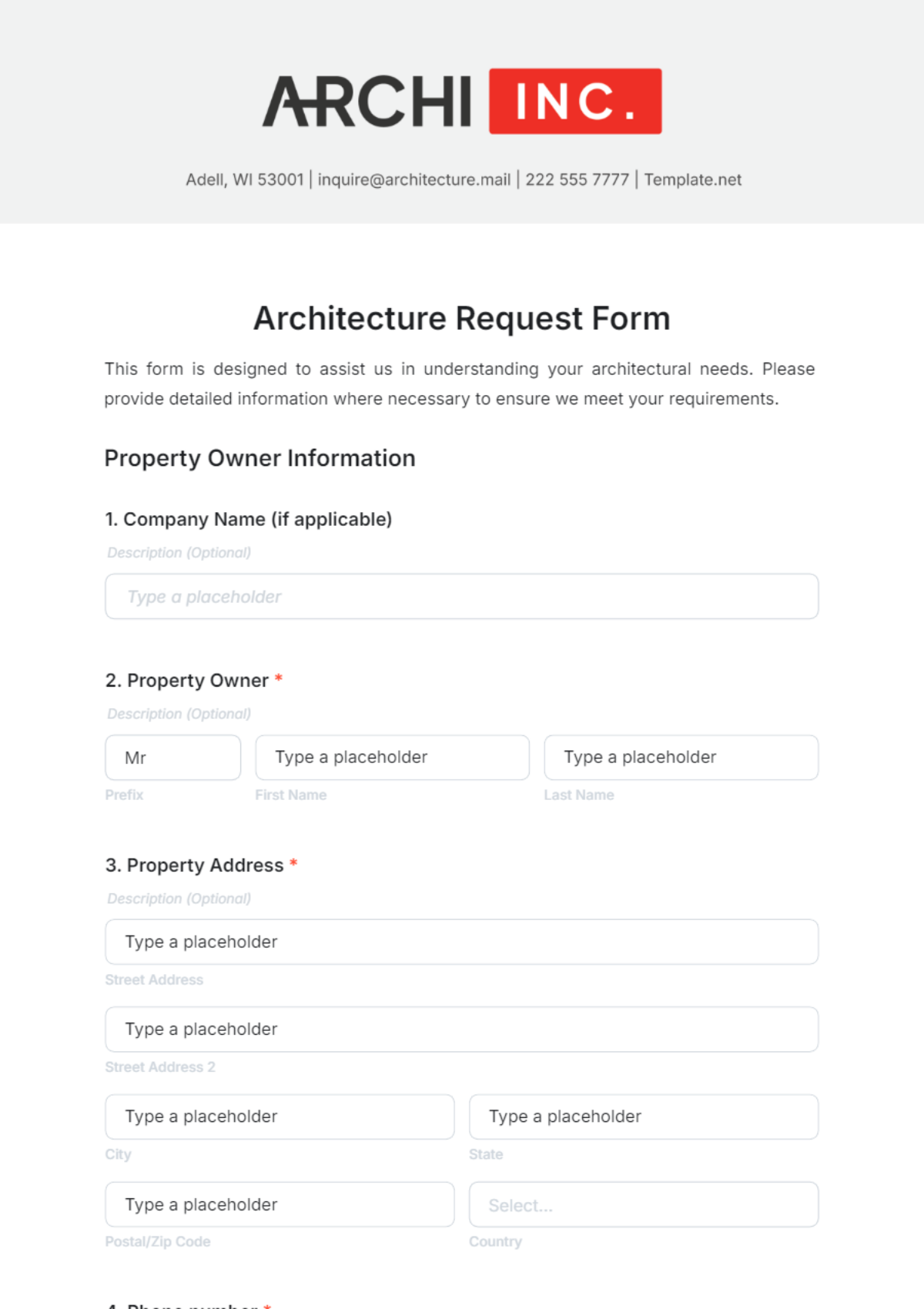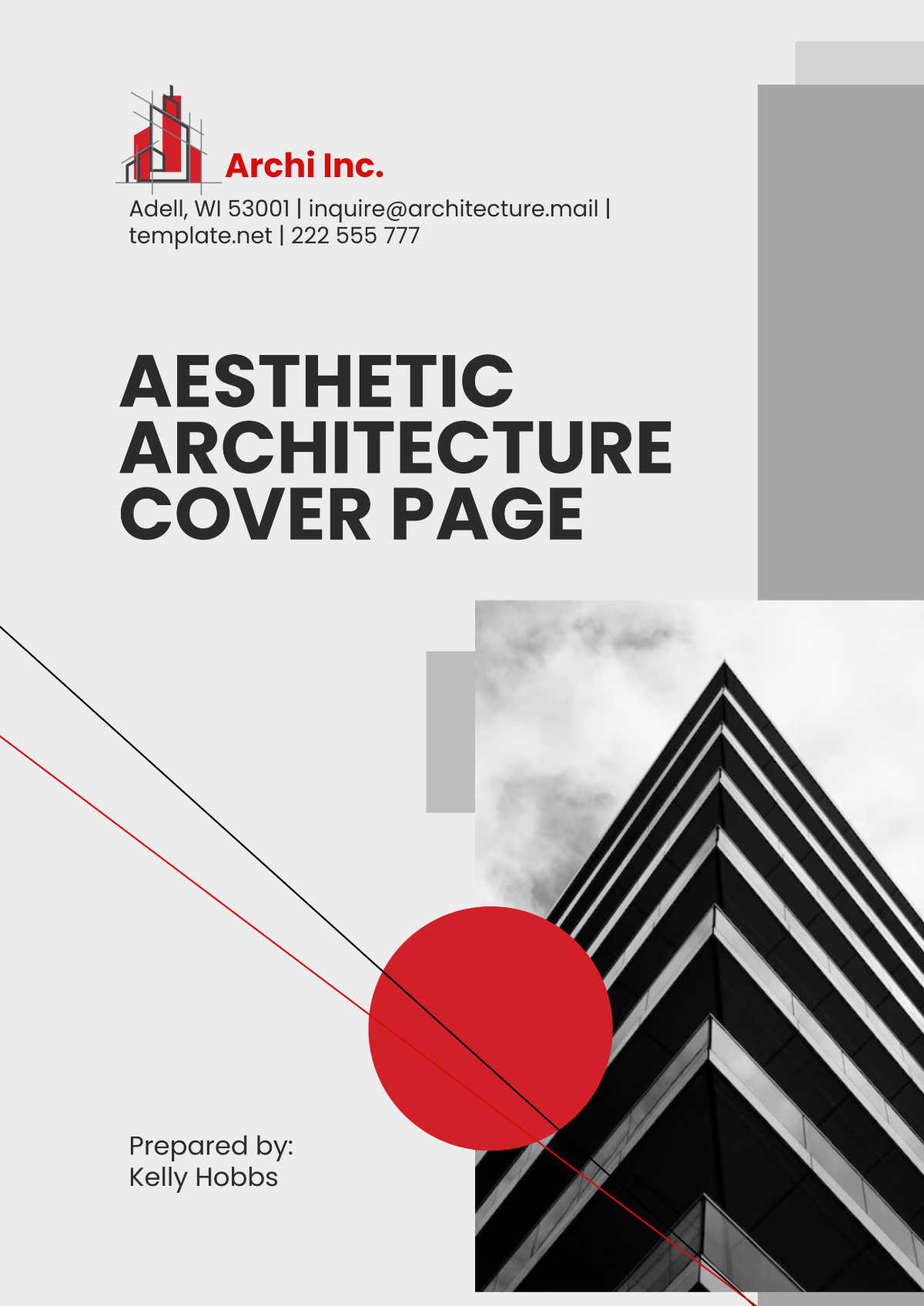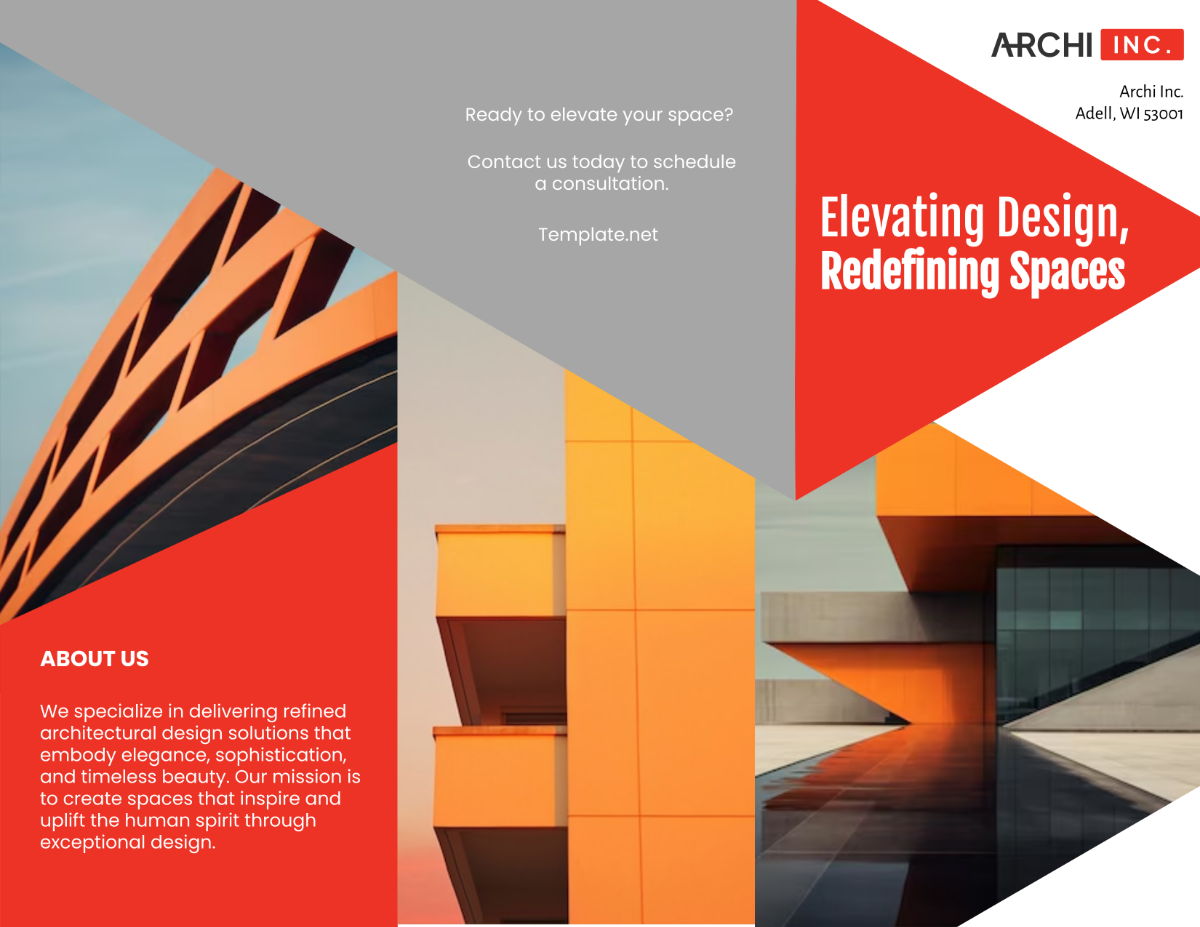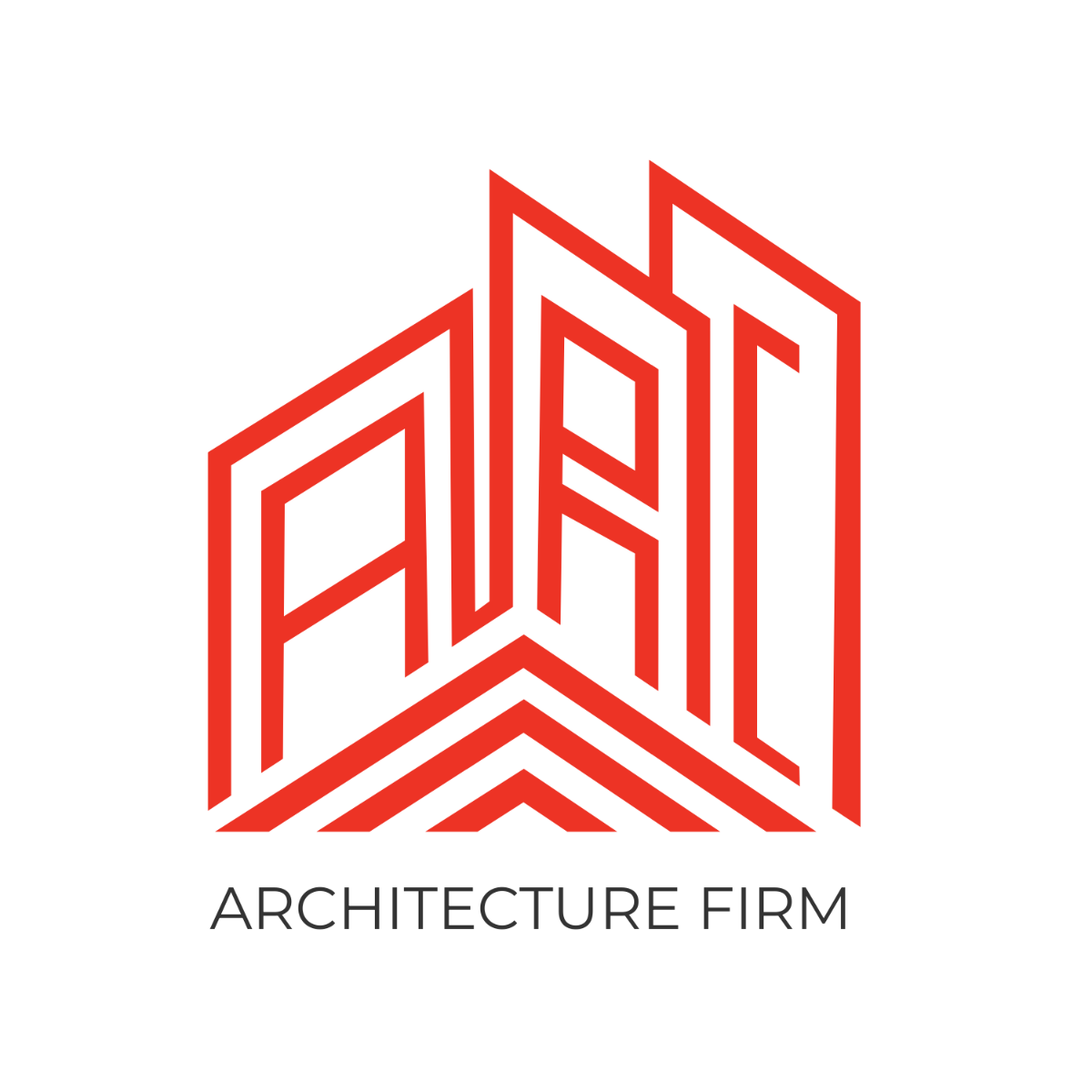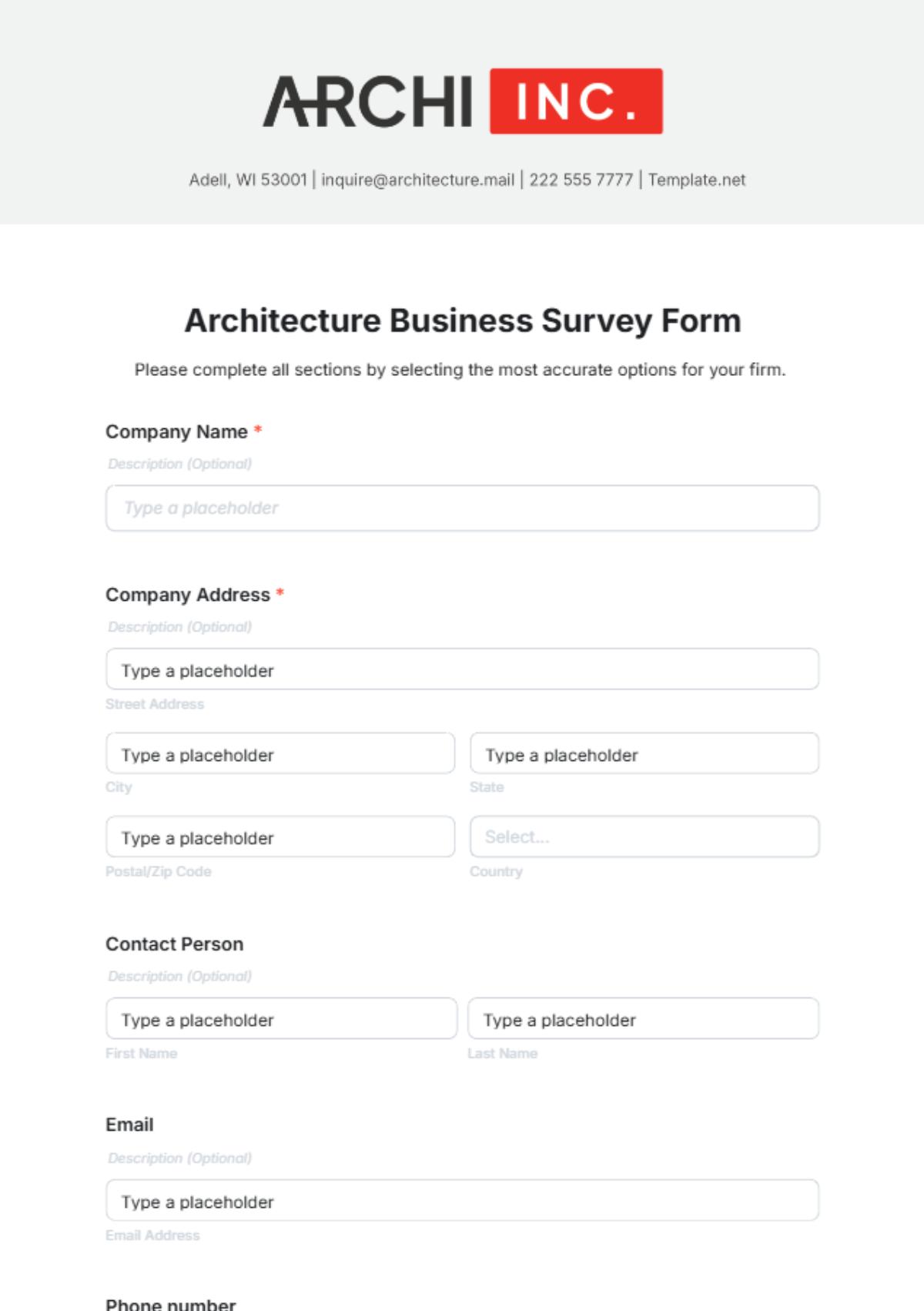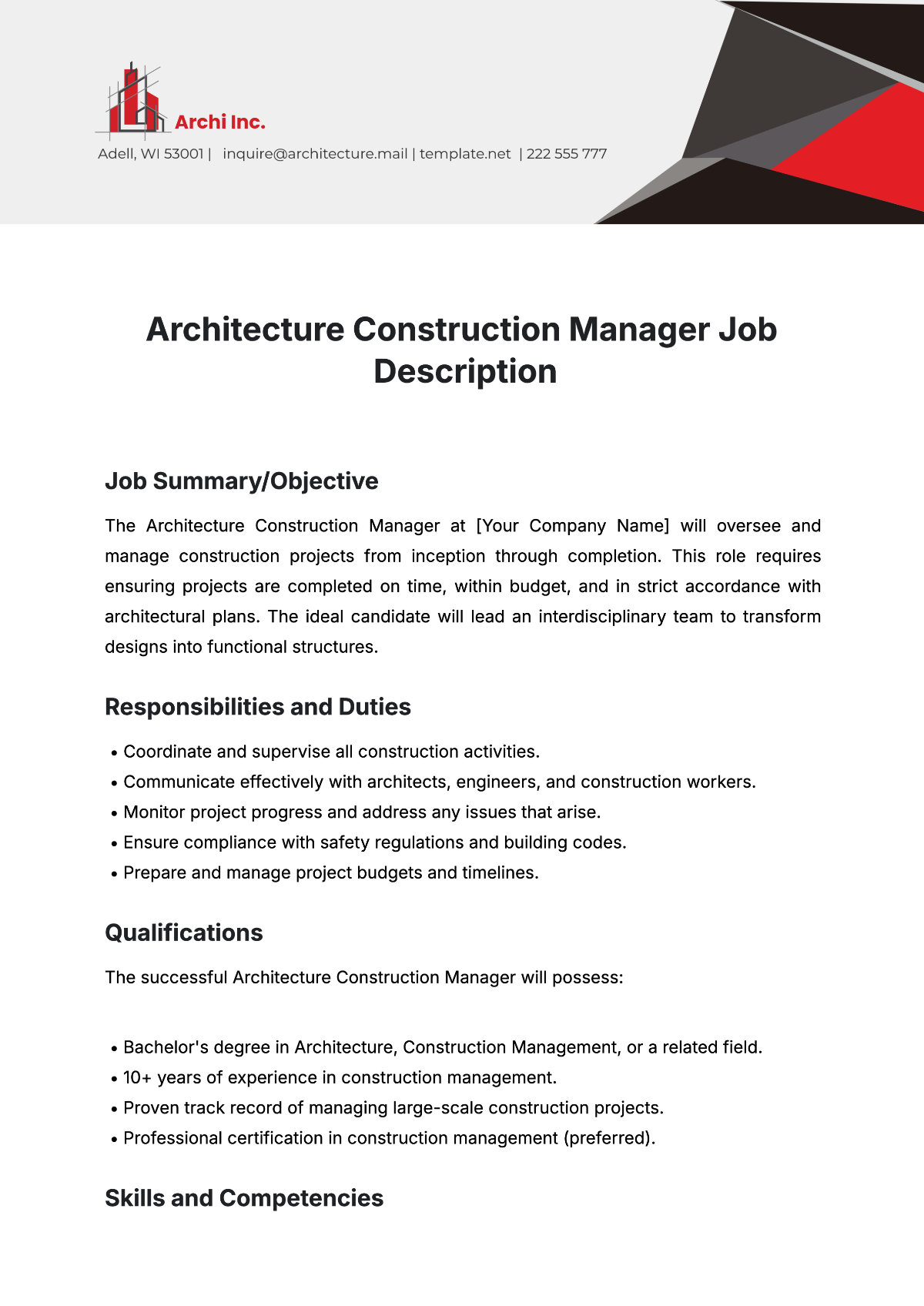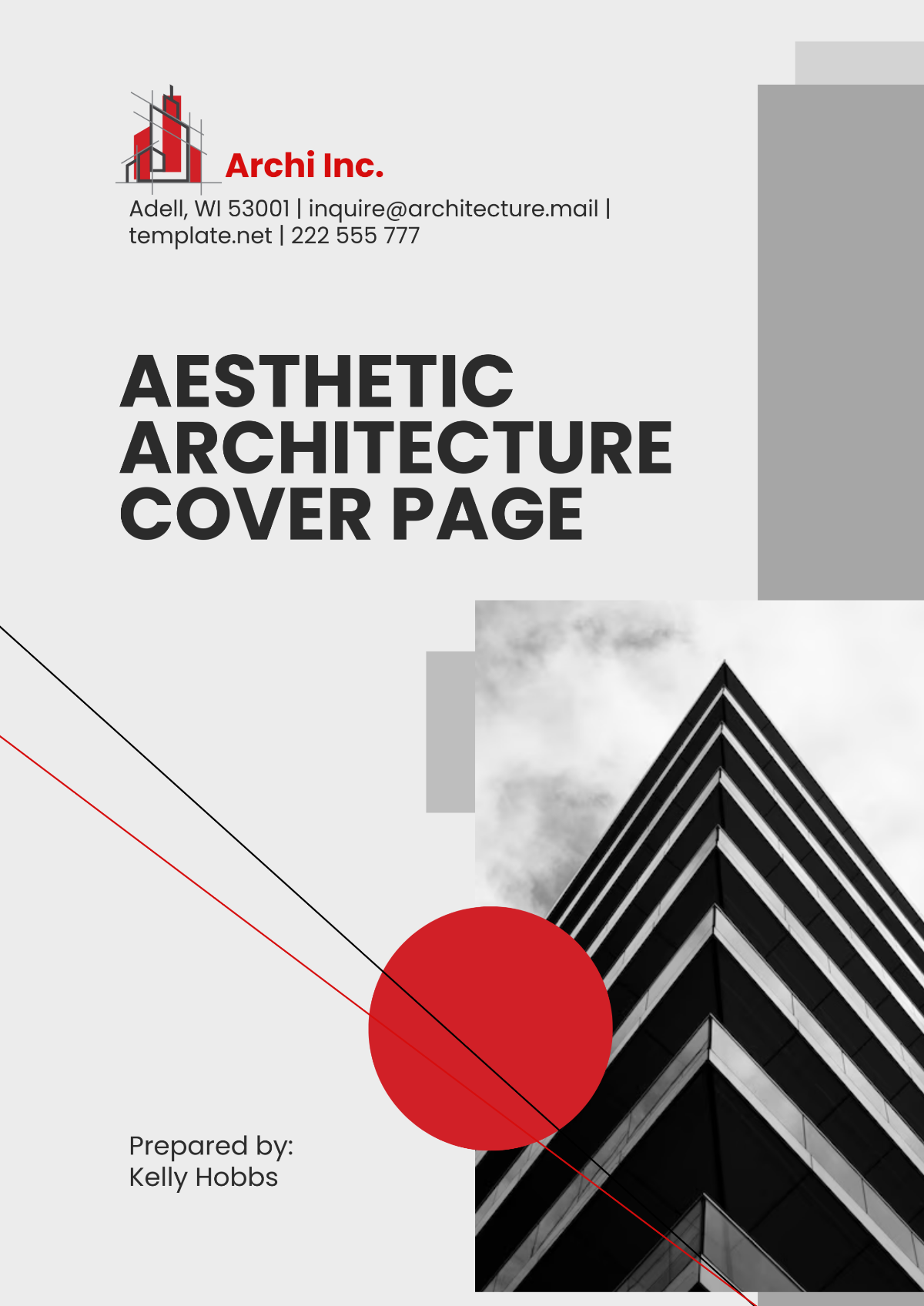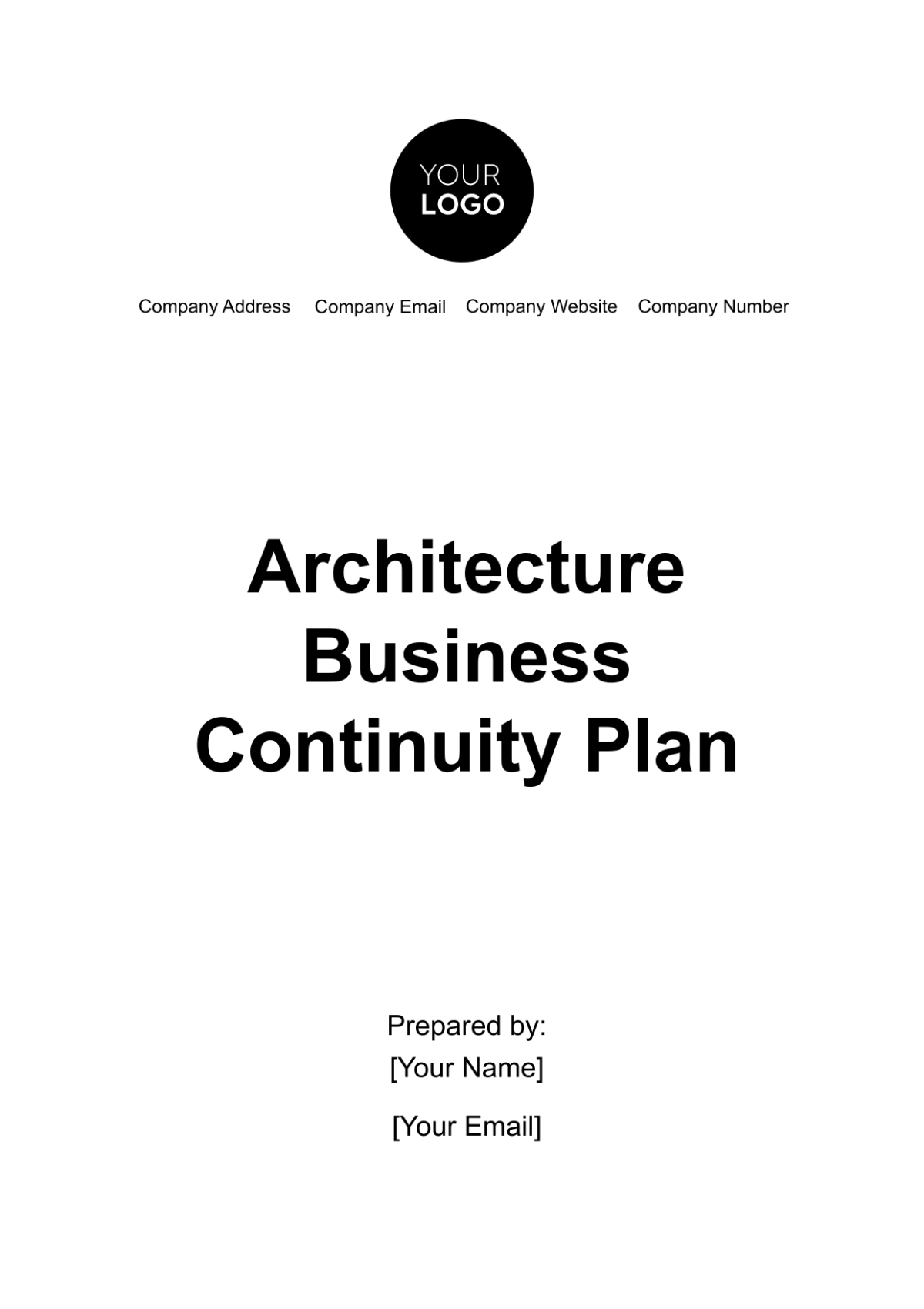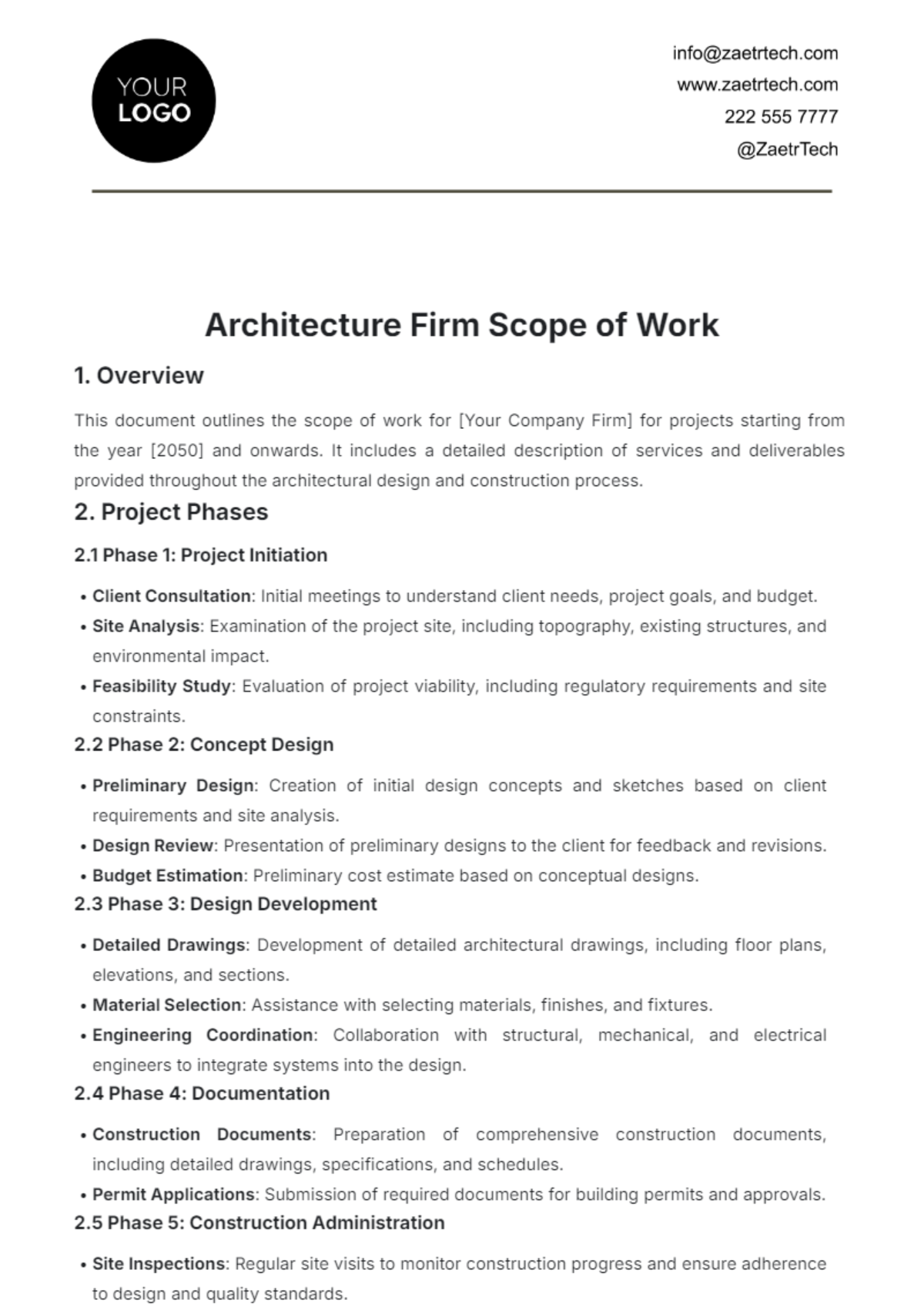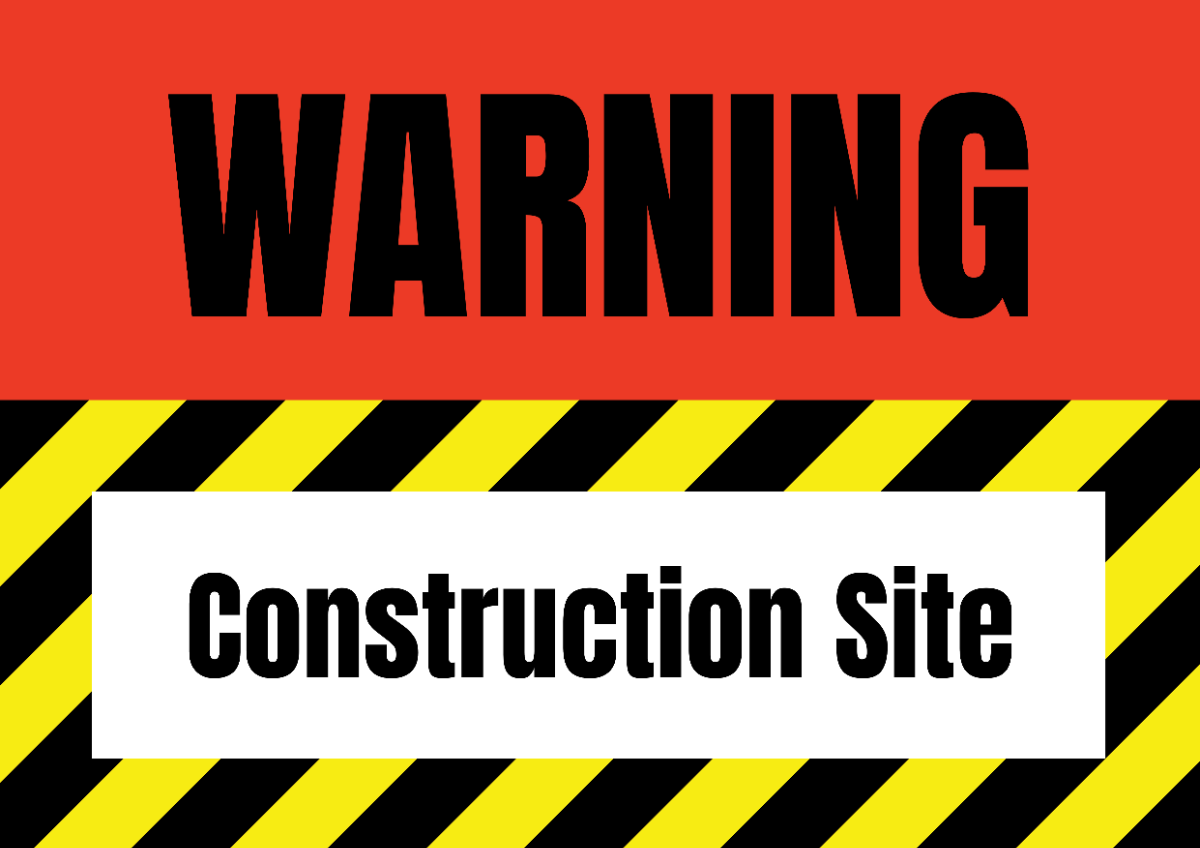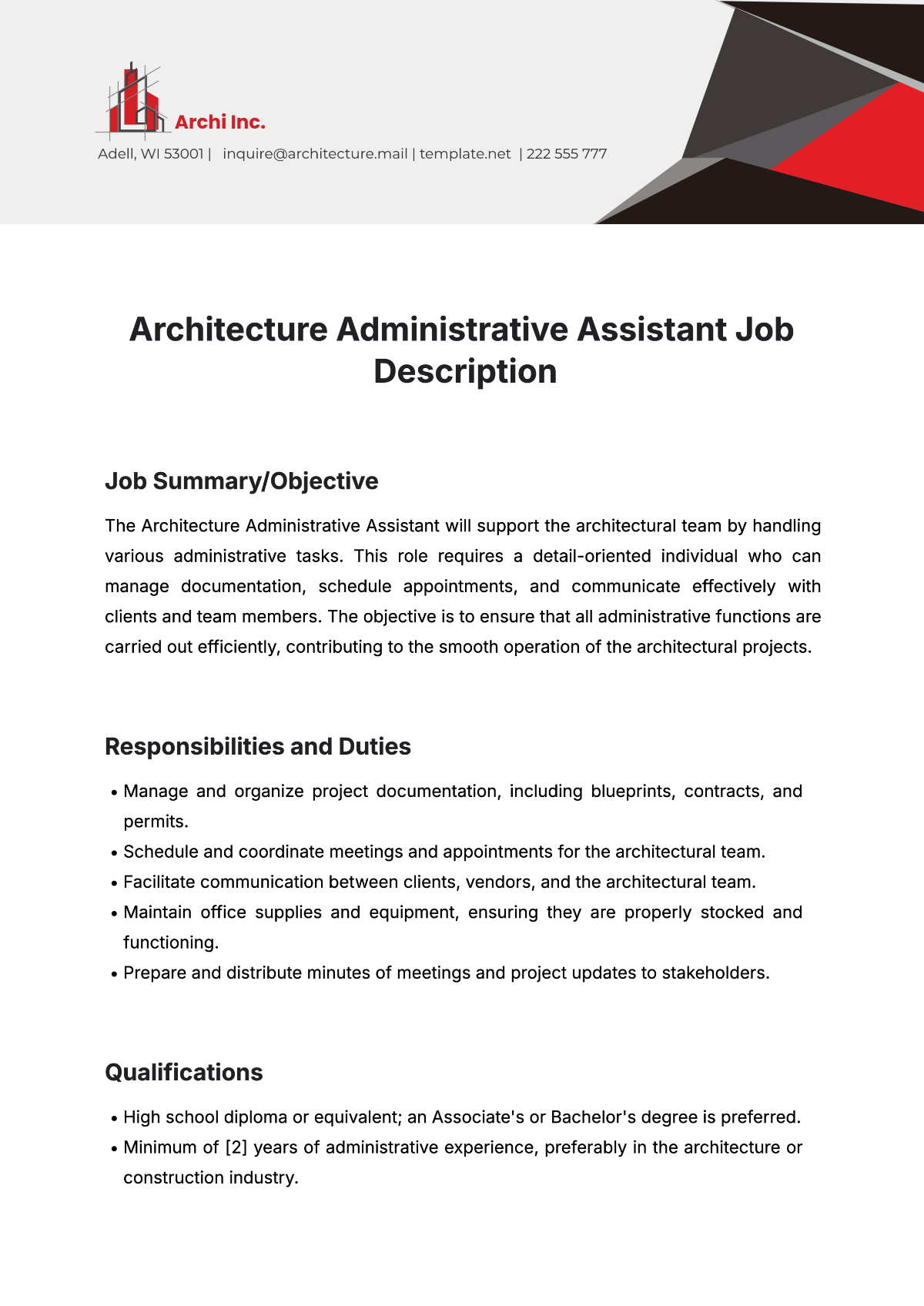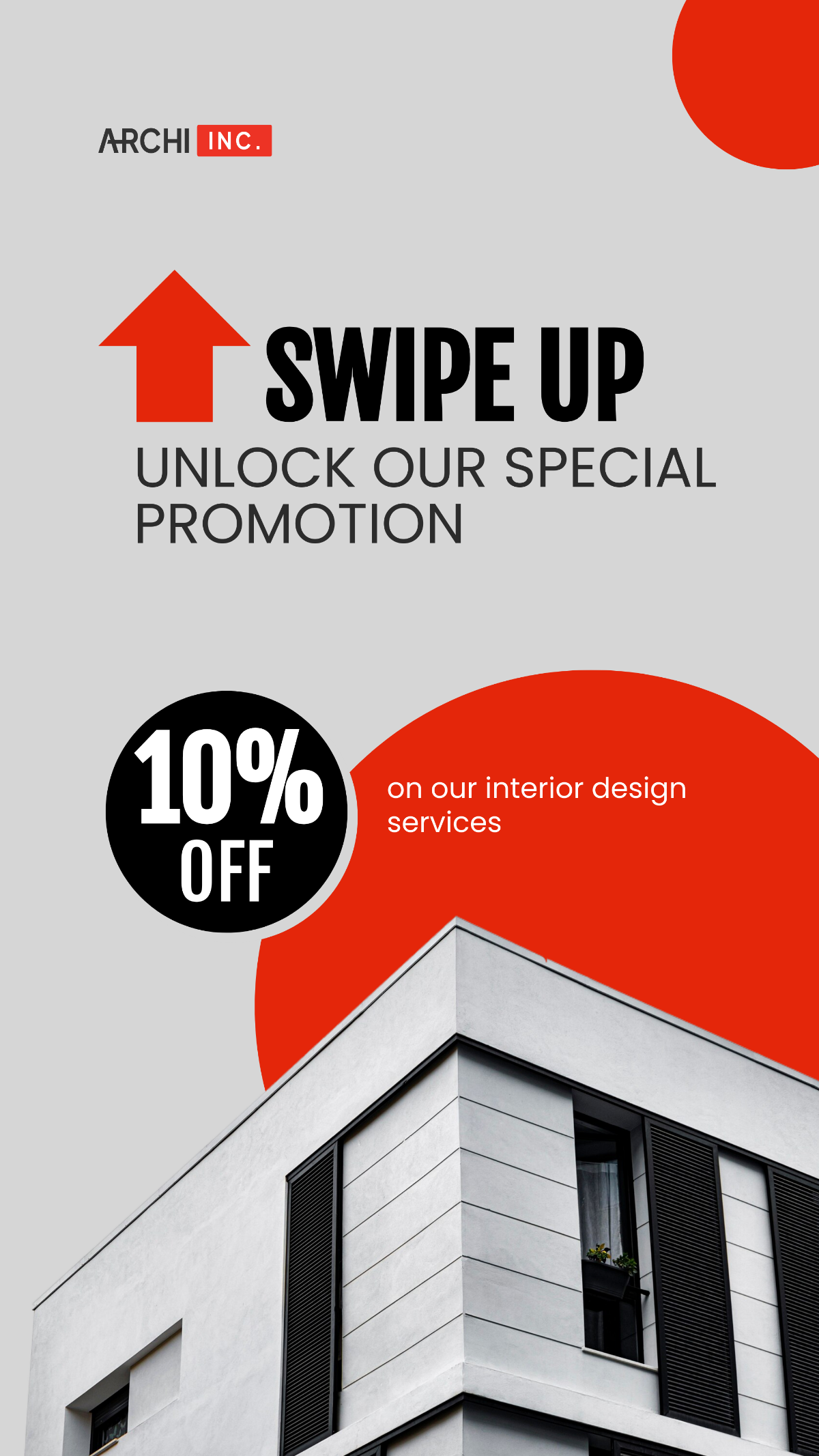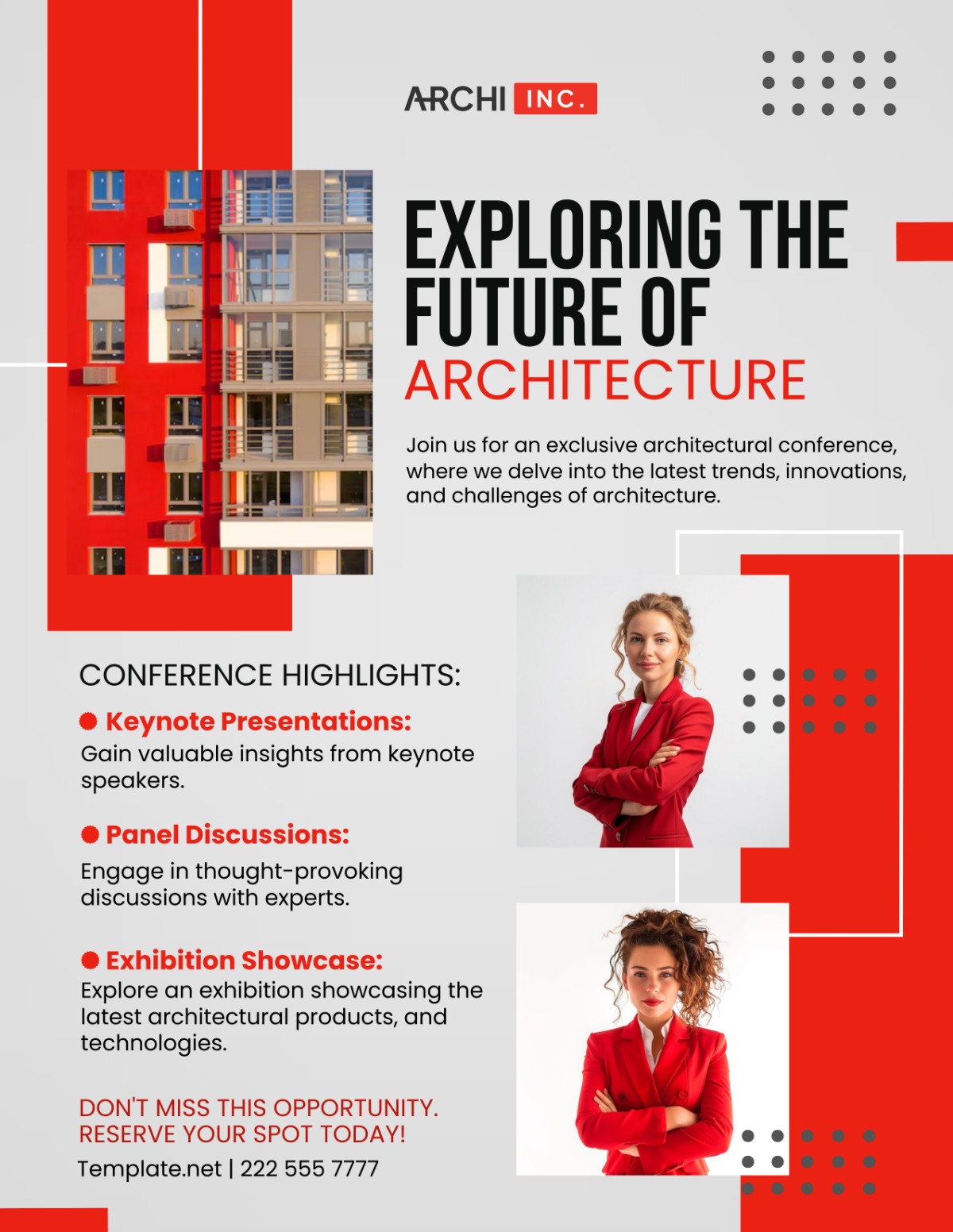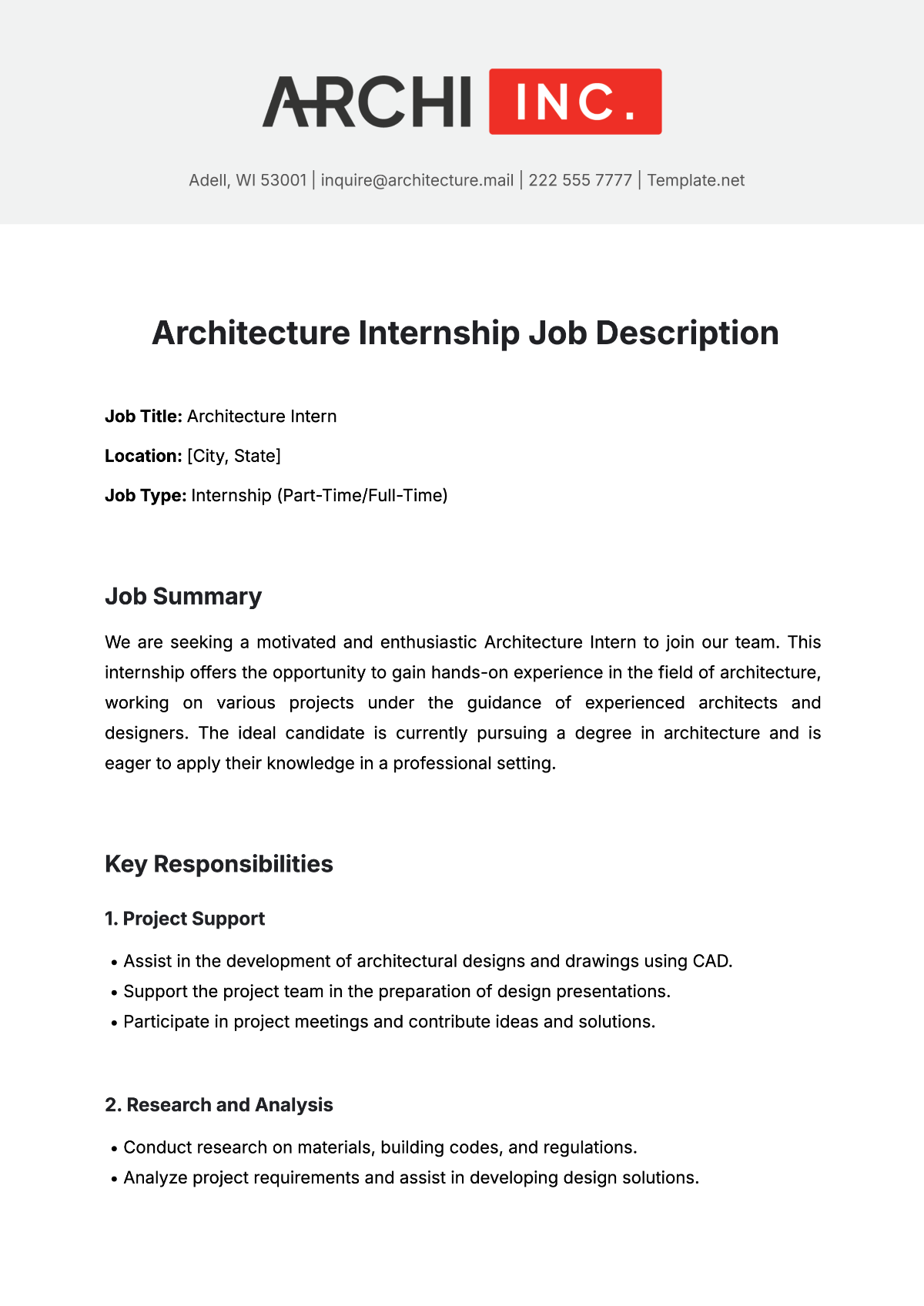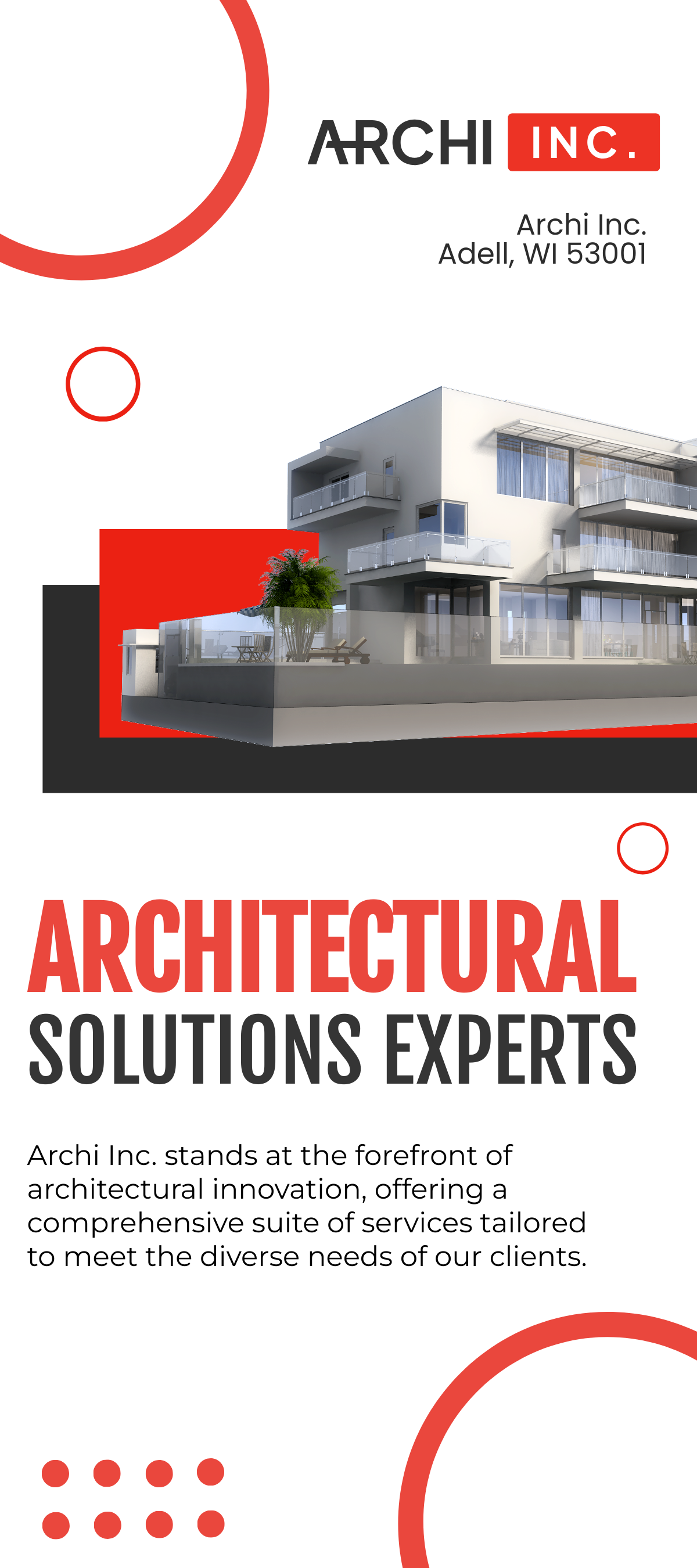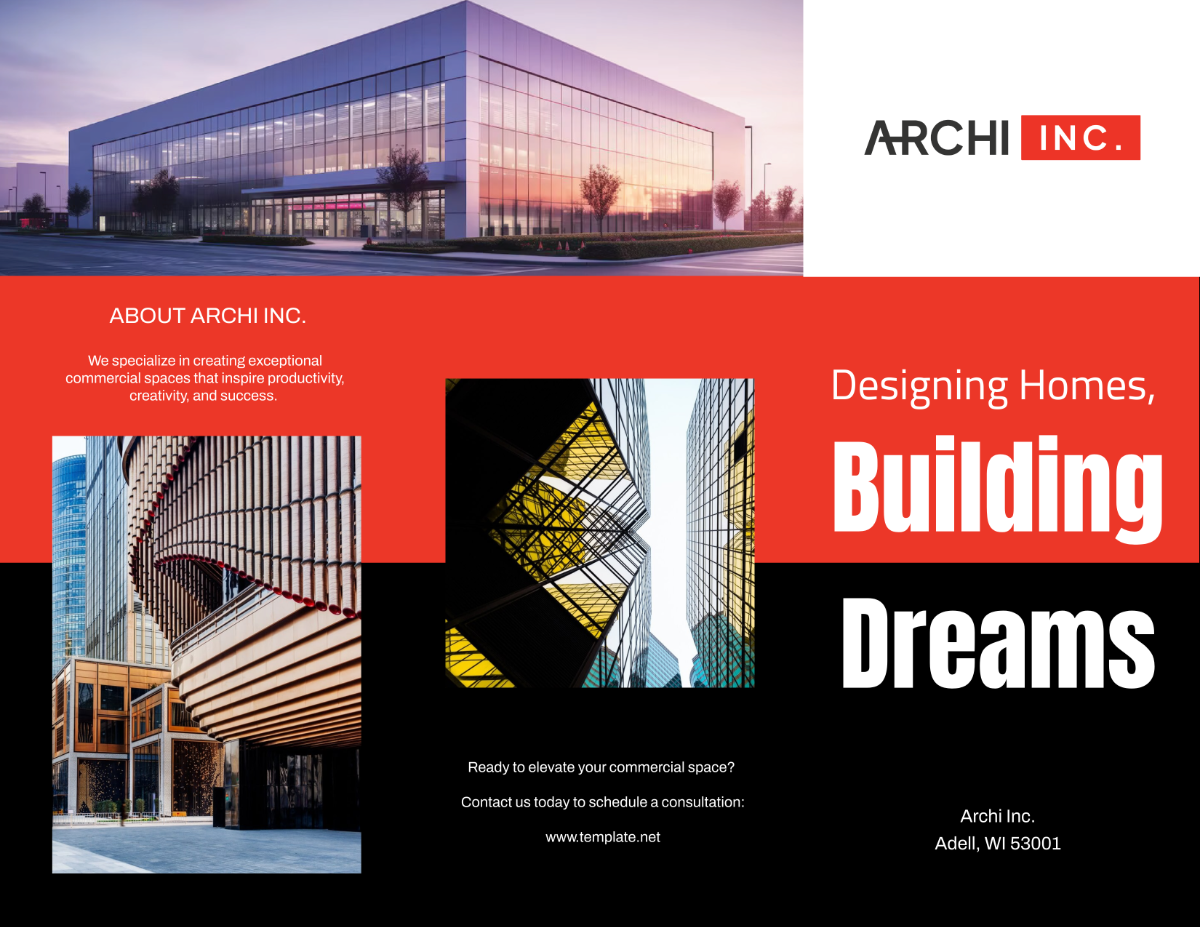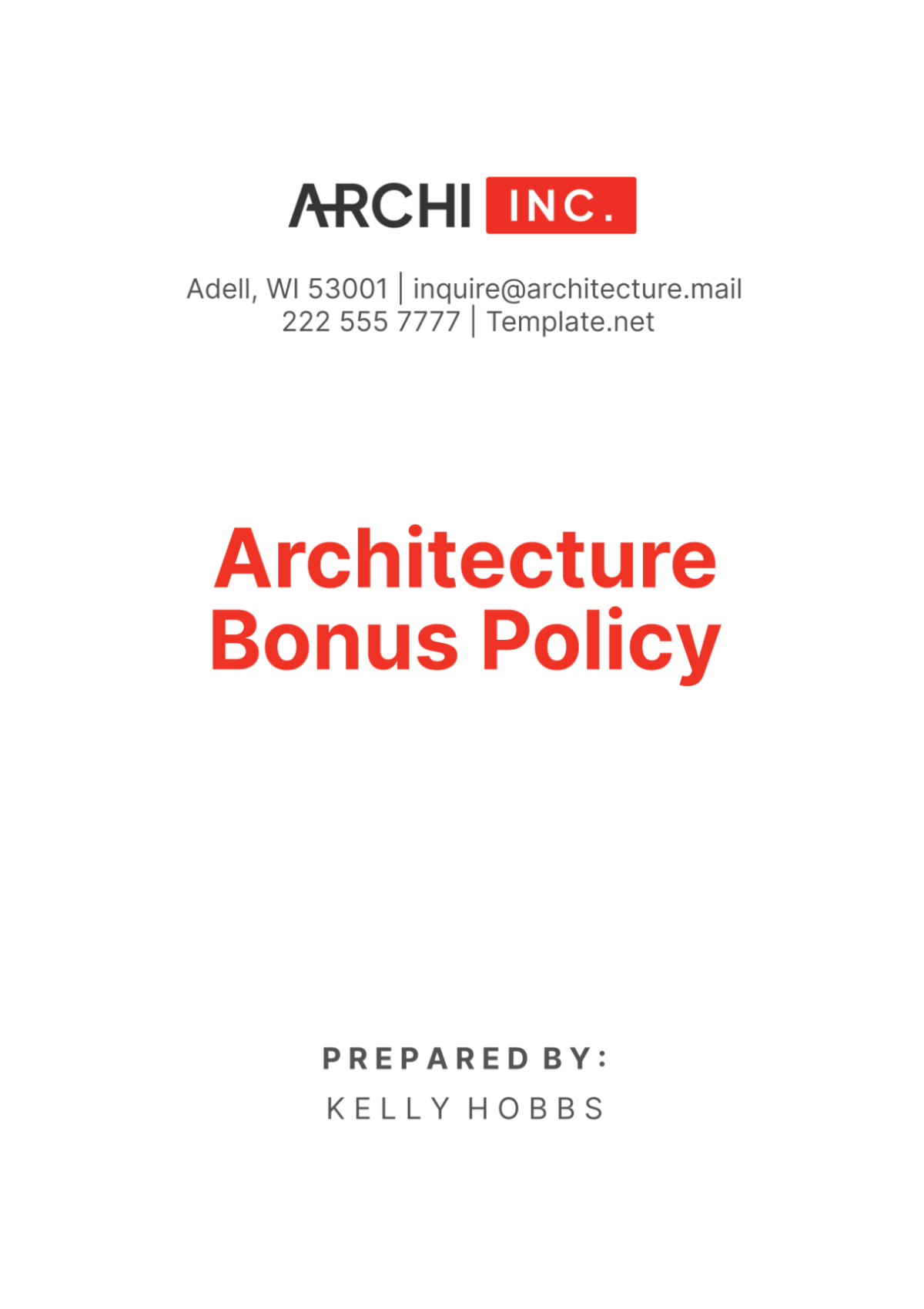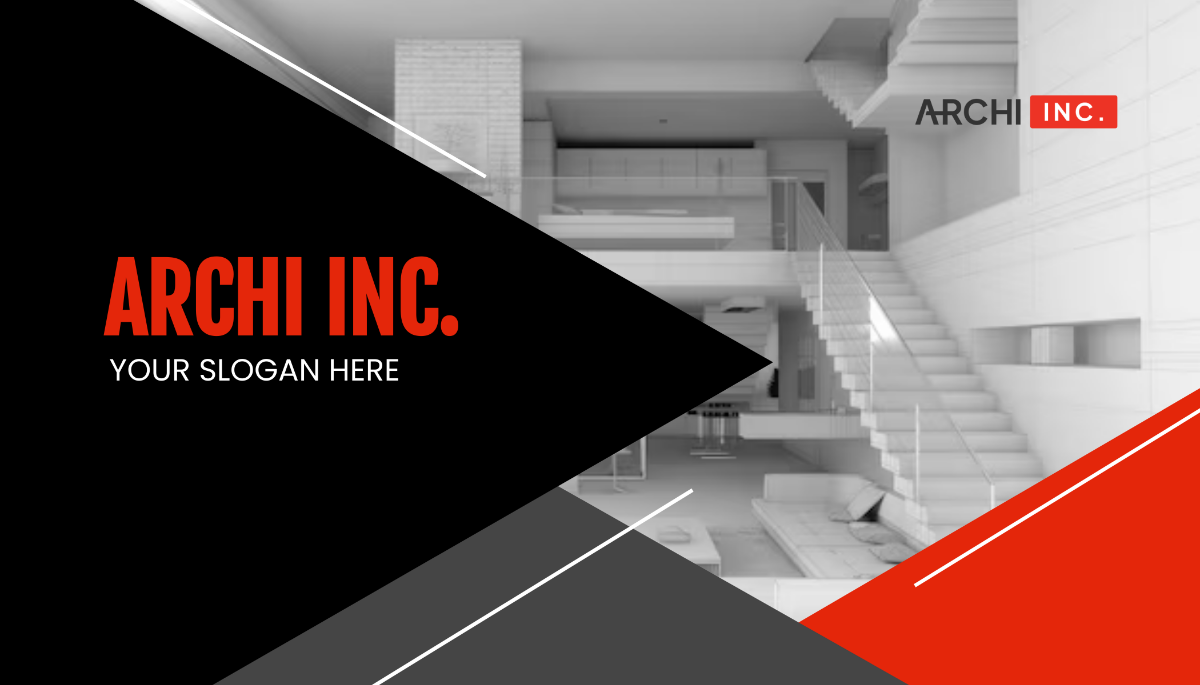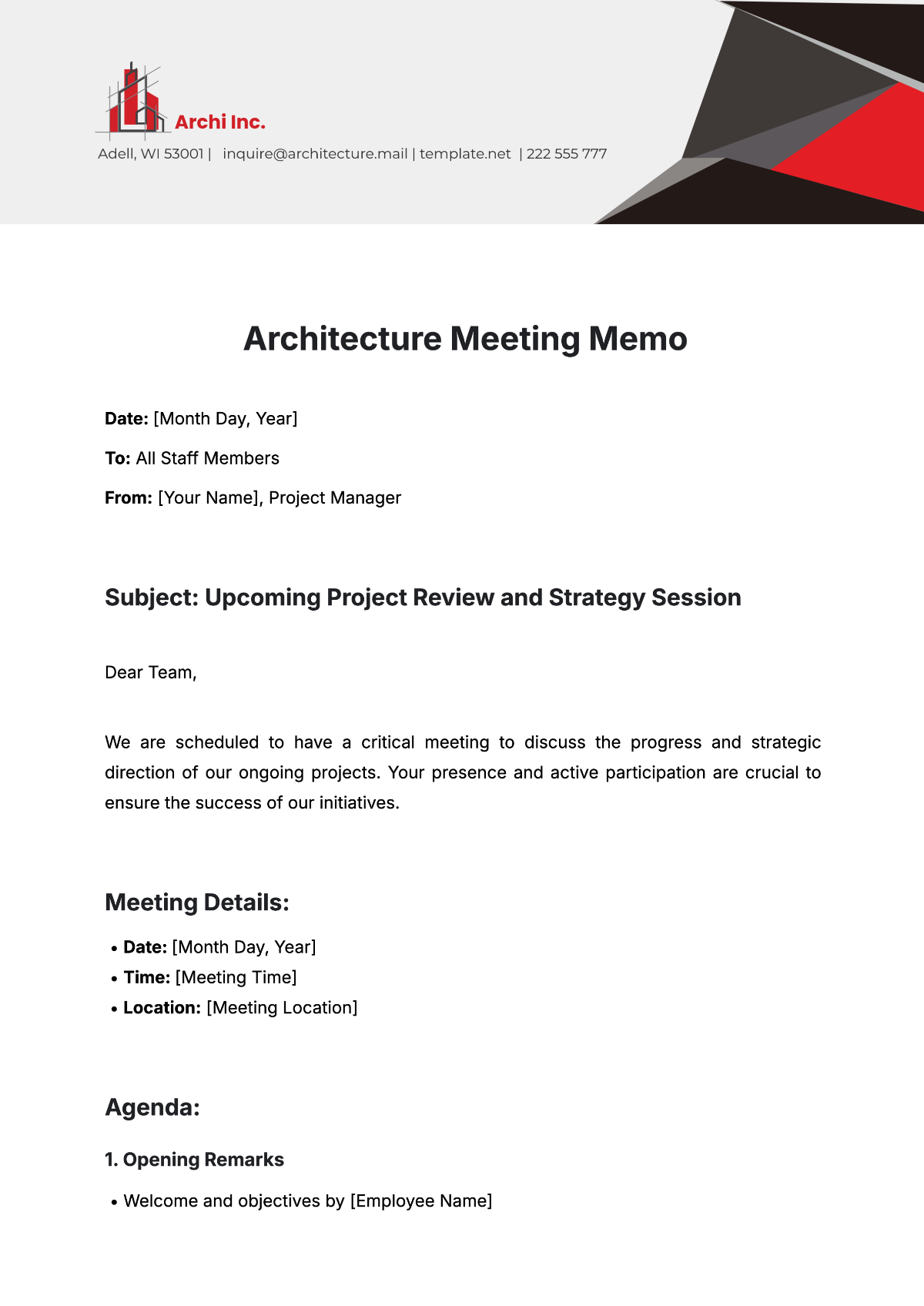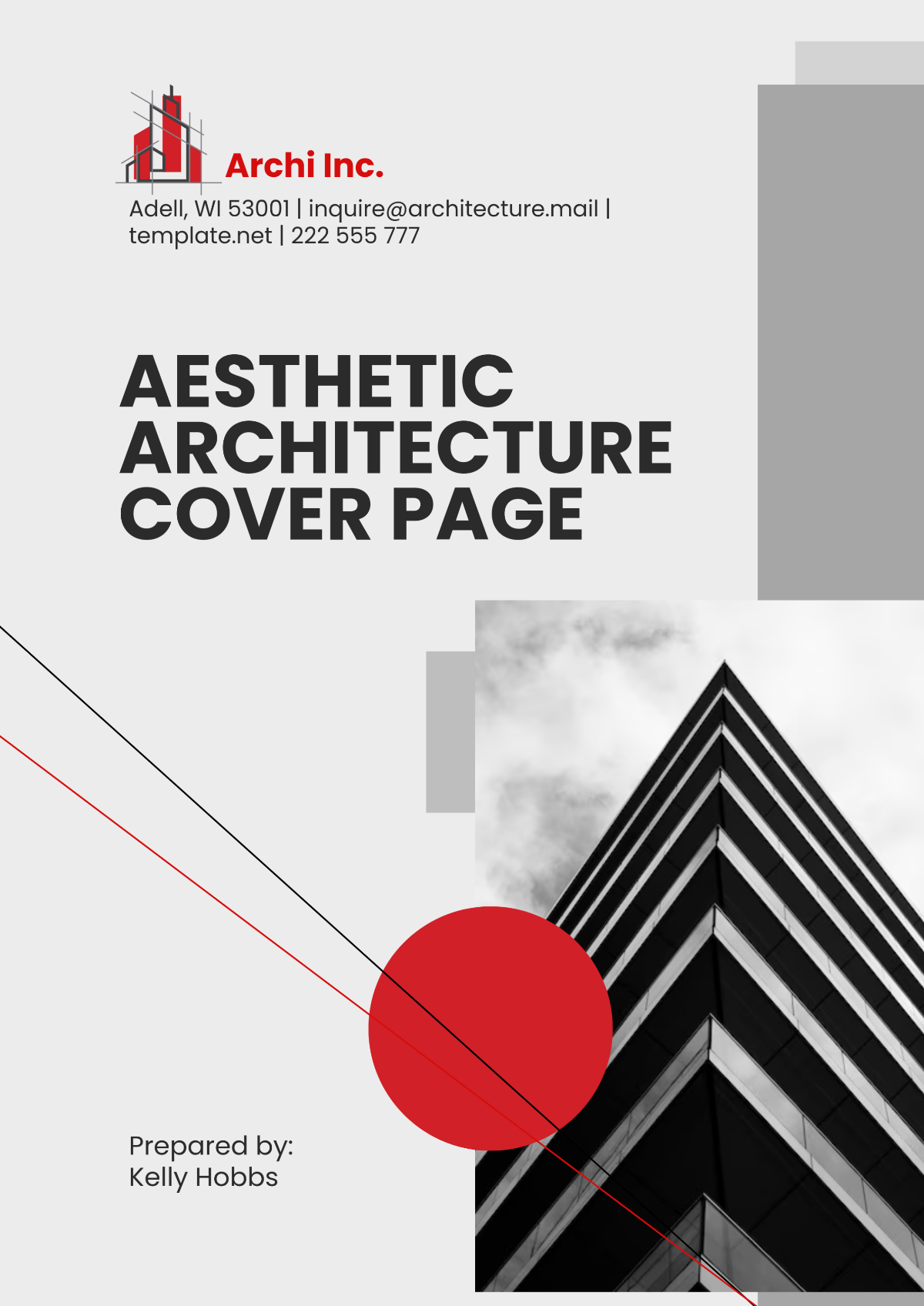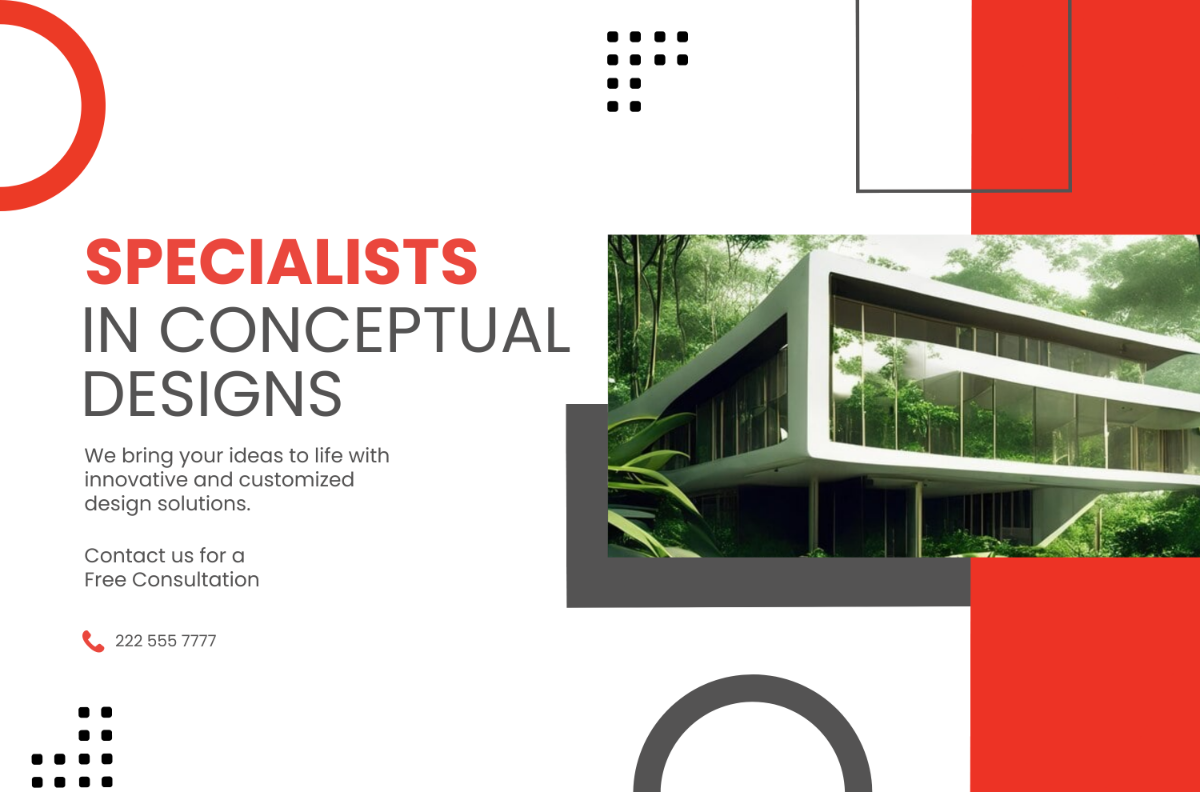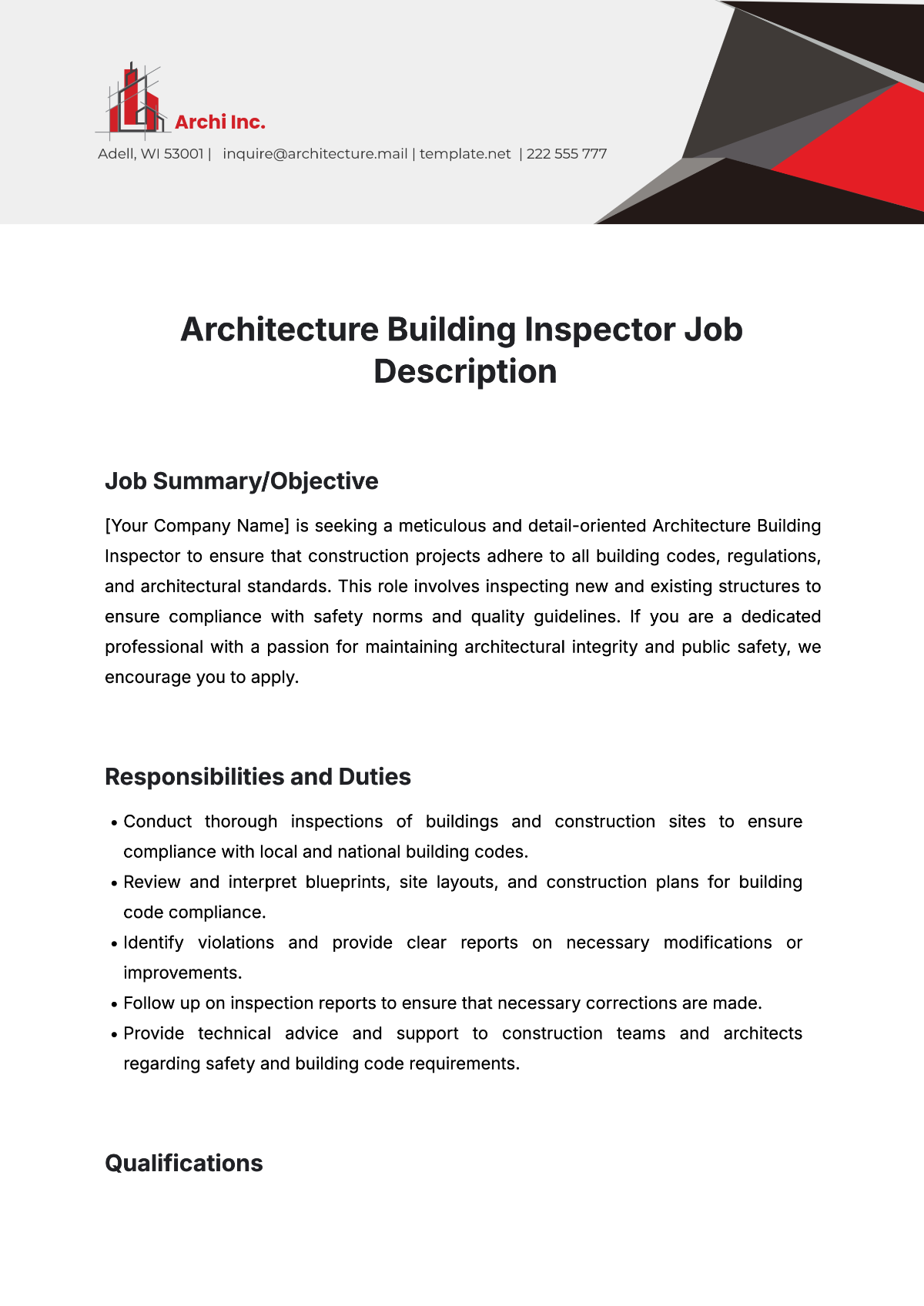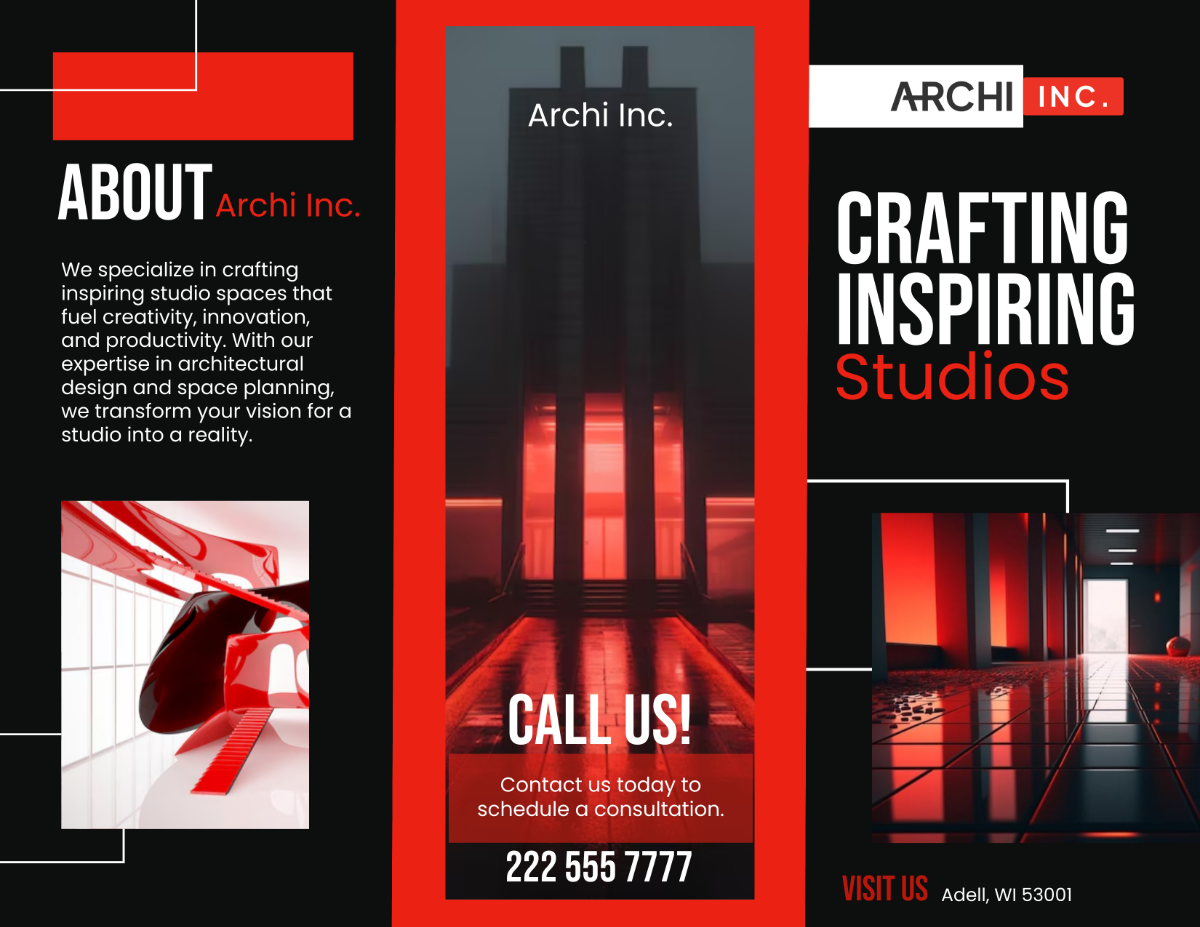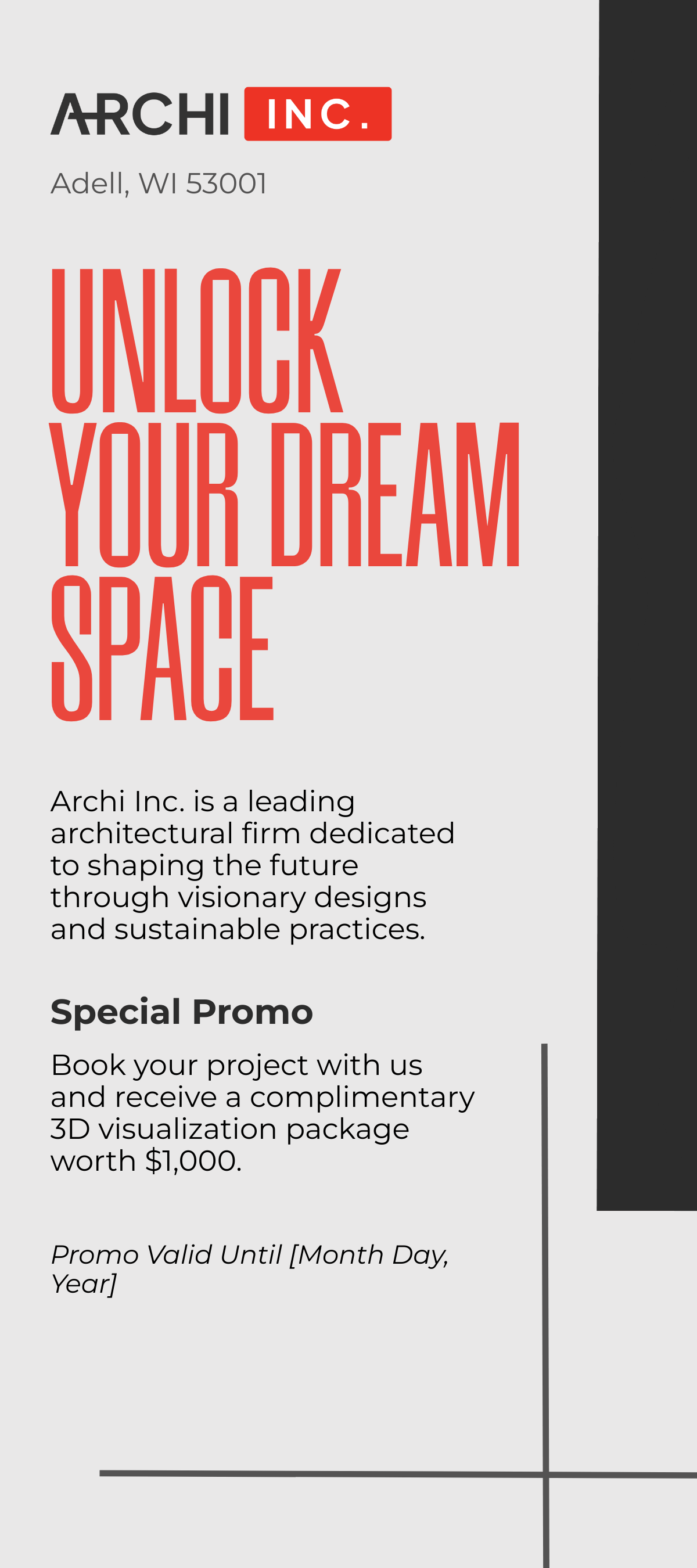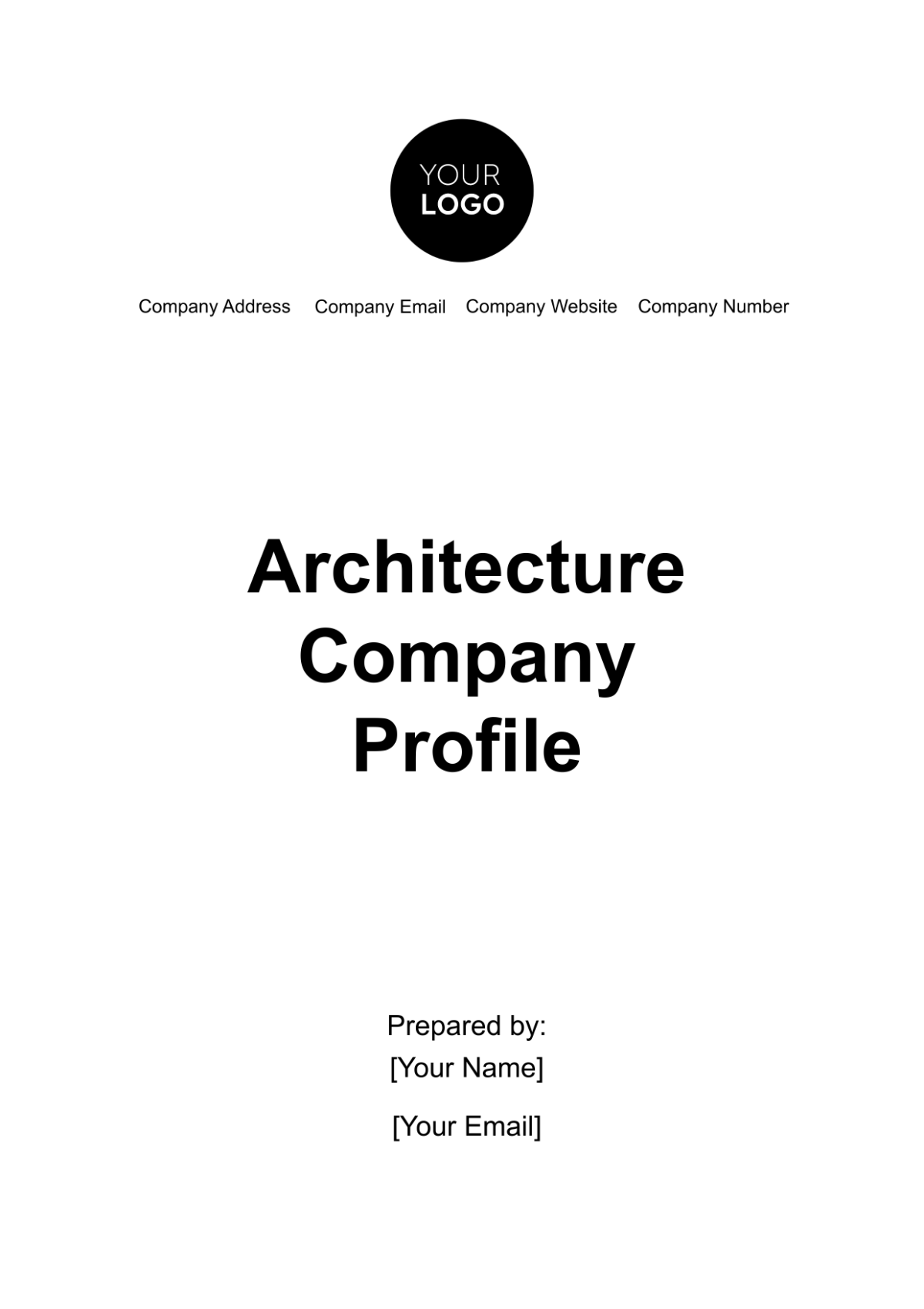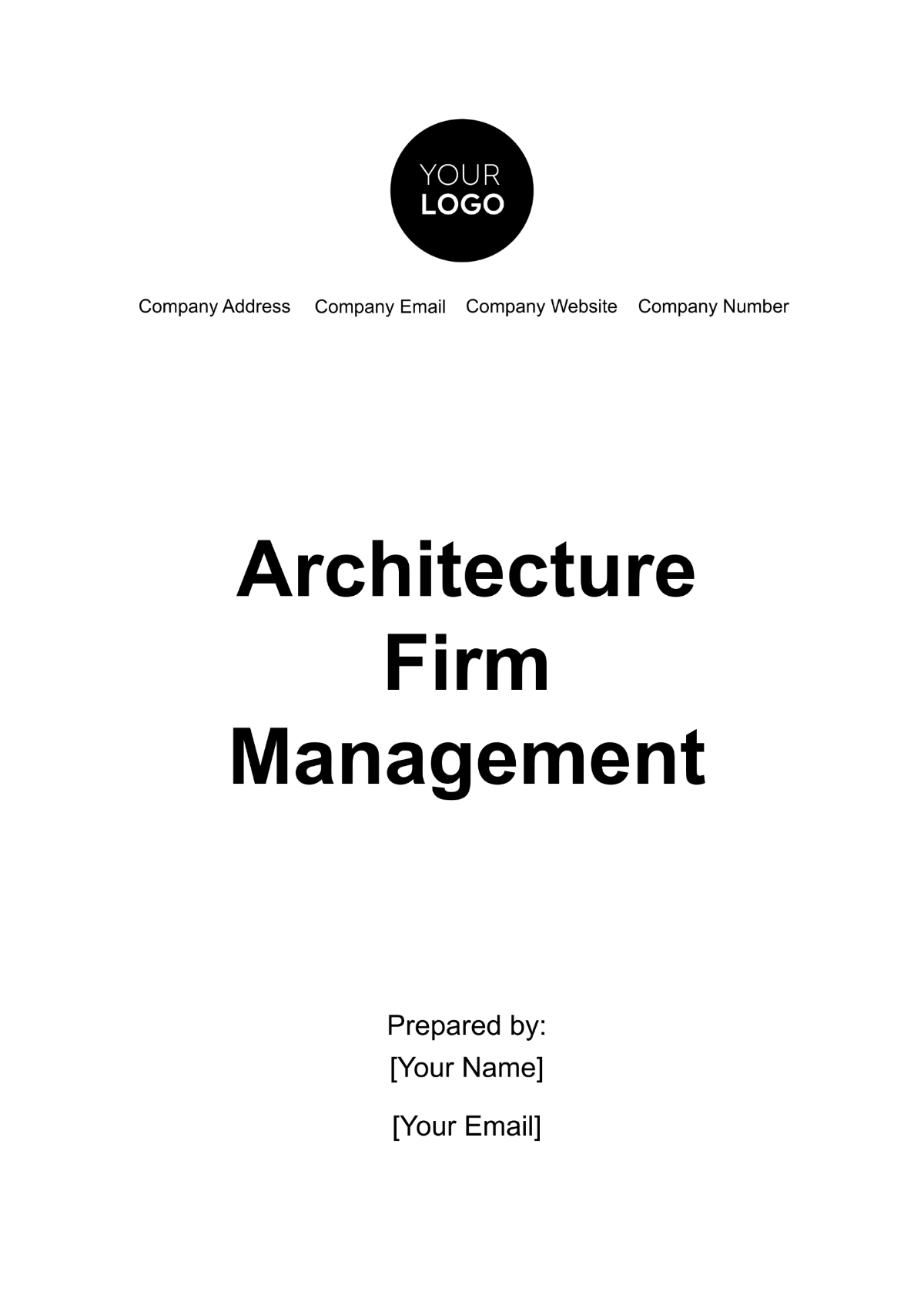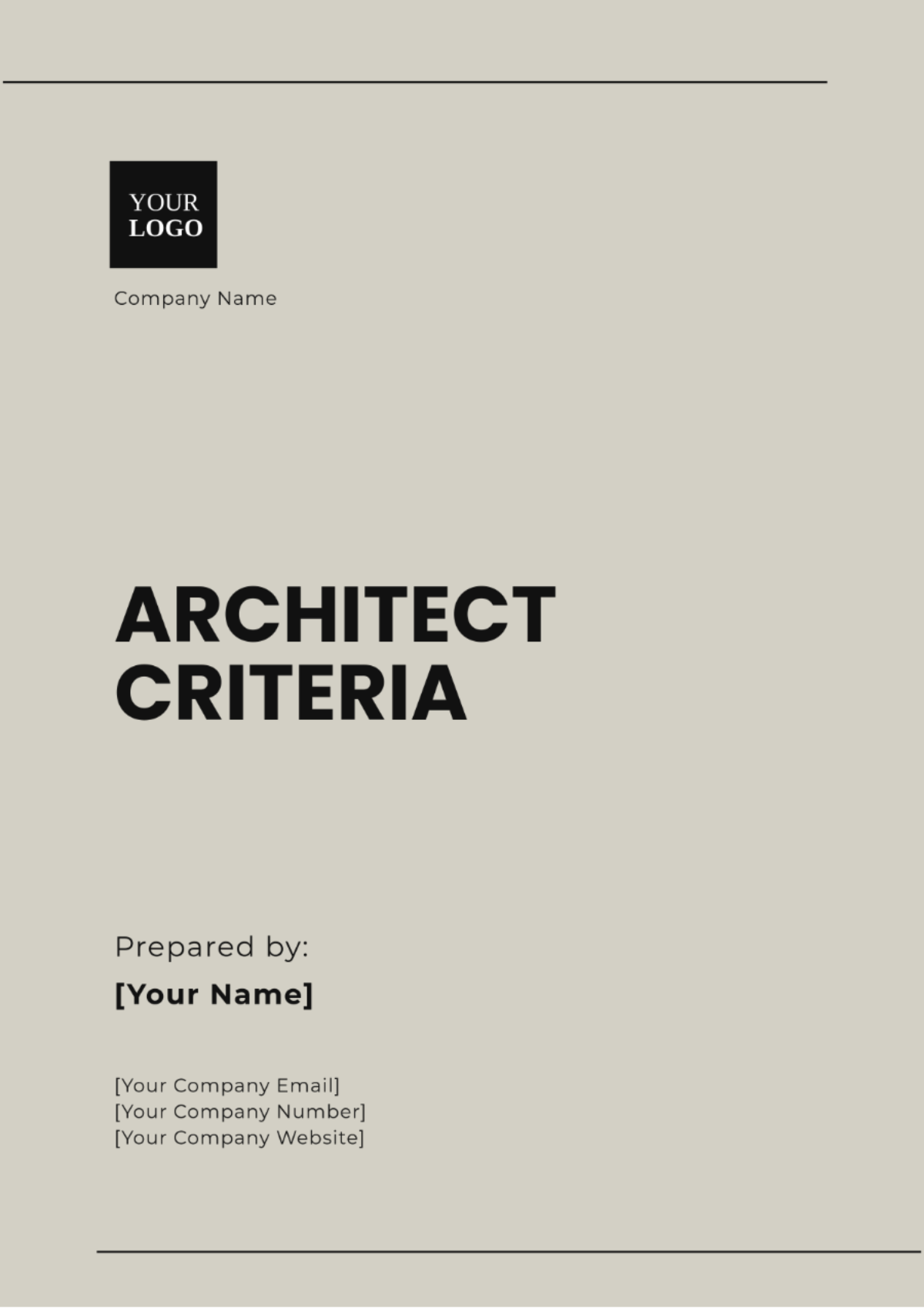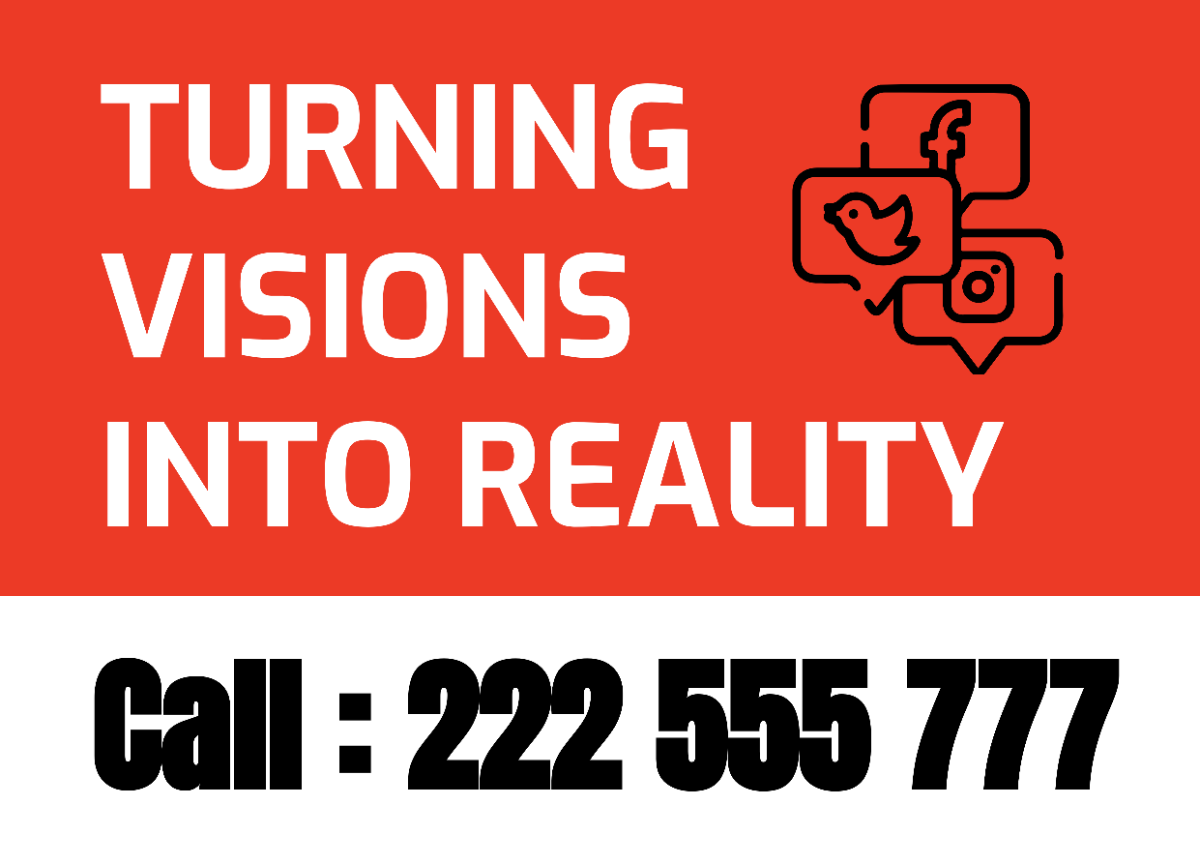I. Executive Summary
At [Your Company Name], our mission through the Architecture Marketing Strategy is to significantly boost the visibility and recognition of our brand in the architectural sector. Our strategy meticulously plans to highlight our pioneering design skills and notable project achievements via well-coordinated digital campaigns and deliberate alliances with industry leaders. This strategic approach not only positions us at the forefront of architectural innovation but also solidifies our reputation as a thought leader in sustainable and creative design solutions.
Our primary objectives are strategically set to captivate and engage potential clients by effectively utilizing modern digital platforms such as LinkedIn, Instagram, and our professionally curated website. We aim to draw industry attention during major architectural events where our participation and presentations can underline our commitment to excellence and innovation. Through compelling content marketing—featuring in-depth case studies, insightful whitepapers, and engaging blog posts—we communicate our unique design philosophy and technical prowess, demonstrating our capacity to exceed conventional architectural expectations.
To further solidify and expand our client base, we are committed to nurturing ongoing relationships through systematic client engagement strategies. Regular updates on new services, cutting-edge industry trends, and our firm’s achievements are communicated through personalized newsletters and dynamic social media interactions. This continual dialogue ensures that our clients and stakeholders are always aligned with our evolving creative journey and have a clear understanding of how our architectural solutions can benefit their specific needs, thereby fostering trust and long-term loyalty.
II. Objectives
In this section, we outline the strategic objectives of [Your Company Name]'s Architecture Marketing Strategy, aimed at enhancing brand visibility and establishing a strong market presence. These objectives are designed to showcase our innovative design capabilities, engage potential clients effectively, and maintain robust client relationships through dynamic and strategic marketing efforts. Each objective supports our goal to be recognized as a leader in sustainable and innovative architectural solutions.
Objective | Description | Expected Outcome |
|---|---|---|
Increase Brand Visibility | Focus on increasing our brand's exposure in the architecture industry through multimedia advertising, public relations, and participation in key industry events. | Achieve a measurable increase in brand recognition and inquiries from potential clients. |
Showcase Design Capabilities | Highlight our innovative design work and successful projects through enhanced digital portfolios and interactive virtual tours. | Position [Your Company Name] as a top choice for clients seeking cutting-edge architectural design. |
Engage Potential Clients | Use targeted digital campaigns, including SEO and PPC strategies, to reach potential clients at the moment they seek architectural services. | Generate high-quality leads and increase conversion rates from initial inquiry to client engagement. |
Leverage Social Media and Website | Optimize our social media presence and website usability to showcase our expertise, recent projects, and client testimonials. | Increase engagement metrics on social platforms and improve website traffic with a focus on conversion. |
Implement Content Marketing | Develop and distribute valuable content such as case studies, whitepapers, and blog posts that highlight our architectural solutions and commitment to sustainability. | Establish thought leadership and enhance content engagement among industry professionals and potential clients. |
Enhance Client Relationships | Implement a consistent outreach program, including regular updates, client workshops, and feedback systems to strengthen client relationships and retention. | Improve client satisfaction and loyalty, leading to increased referrals and repeat business. |
III. Target Audience
In this section, we delineate the primary target audience for [Your Company Name]'s Architecture Marketing Strategy. By identifying key demographic groups, we can tailor our marketing efforts to ensure that our messages not only reach the right ears but also resonate deeply, fostering engagement and conversion. Understanding our audience's specific interests and behaviors is crucial to the effectiveness of our strategic approach.
Audience Segment | Description | Marketing Focus |
|---|---|---|
Potential Clients | Professionals in the architecture and construction industries looking for innovative design services. | Direct targeted campaigns to showcase our unique design capabilities and project successes. |
Real Estate Developers | Developers and property owners interested in architectural services for new projects or renovations. | Highlight our ability to enhance property value through sustainable and innovative designs. |
Industry Influencers | Influencers, journalists, and bloggers specializing in architecture who can amplify our message. | Engage with content that they can use and share, such as exclusive insights and high-quality visuals of our projects. |
Interested Stakeholders | Partners and suppliers involved in the architectural process. | Develop marketing materials that emphasize collaborative successes and our commitment to quality and innovation. |
By focusing on these key segments, our marketing efforts are poised to effectively communicate the value and expertise [Your Company Name] brings to each project, ensuring our messaging is both strategic and impactful.
IV. Digital Marketing Tactics
Below, we outline the varied digital marketing tactics [Your Company Name] will employ to achieve our strategic objectives. Each tactic is specifically chosen to enhance our online presence, attract more website traffic, and engage meaningfully with potential clients and industry stakeholders. These approaches are essential to driving visibility and fostering engagement in the competitive architecture market.
Tactic | Description | Implementation Goal |
|---|---|---|
Social Media Campaigns | Utilize platforms like Instagram, LinkedIn, and Pinterest to showcase our design projects and engage with the architecture community. | Enhance brand visibility and engagement through regular posts, stories, and interactive content. |
Website Optimization | Update our website to reflect our design philosophy, showcase in-depth case studies, and implement SEO best practices. | Improve search engine rankings and user experience to increase traffic and lead conversion rates. |
Email Marketing | Send regular newsletters to our database with updates on new services, industry trends, and our recent achievements. | Keep our audience informed and engaged, encouraging repeat visits and fostering a community around our brand. |
Employing these digital marketing tactics will allow us to connect with our target audience effectively, showcasing [Your Company Name]'s unique value proposition and driving meaningful engagement in our specialized field.
V. Content Marketing Strategy
In this section, we explore the components of [Your Company Name]'s Content Marketing Strategy, designed to position us as thought leaders within the architecture industry. Our strategy focuses on creating and distributing high-quality, insightful content that not only educates but also engages our target audience. By detailing our successful projects, sustainability practices, and unique company culture, we aim to enhance our brand's reputation and visibility.
Content Type | Description | Distribution Channels |
|---|---|---|
Case Studies | In-depth analyses of our successful projects, highlighting innovative solutions and client outcomes. | Our company website, industry events, and shared via email newsletters. |
Whitepapers and Blogs | Detailed discussions on sustainability practices and the latest architectural trends. | Posted on our website, distributed at conferences, and through social media platforms. |
Behind-the-Scenes Content | Engaging content that offers insights into our design processes and company culture. | Shared on social media, included in newsletters, and presented at industry networking events. |
This strategic deployment of content across multiple platforms ensures that our expertise and innovative approaches are showcased to both existing clients and potential new markets, reinforcing our standing as industry leaders.
VI. Strategic Partnerships
Here we outline the Strategic Partnerships approach for [Your Company Name], focusing on collaborations that enhance our reach and bolster our credibility within the architecture community. Forming alliances with influential industry players, from well-known firms to academic institutions, is key to expanding our network and impact. These partnerships are not only about brand visibility but also about creating meaningful connections that can lead to innovative projects and solutions.
Partnership Type | Description | Goals |
|---|---|---|
Collaborations with Architecture Firms | Co-hosting events and webinars with leading architecture firms and influencers. | Enhance brand visibility, share knowledge, and tap into new client bases. |
Industry Publication Partnerships | Partnering with respected industry publications to feature our projects and insights. | Position ourselves as thought leaders and reach a wider professional audience. |
Engagements with Educational Institutions | Building relationships with educational institutions to connect with emerging architectural talent. | Foster innovation and recruit fresh talent, ensuring the future growth and vitality of our firm. |
By strategically partnering with these key stakeholders, [Your Company Name] not only broadens its influence but also enhances its reputation as an innovative and forward-thinking leader in the architectural sector.
VII. Performance Metrics
In this section, we outline the performance metrics essential for evaluating the effectiveness of [Your Company Name]'s Architecture Marketing Strategy. These metrics provide quantifiable data that helps us assess the impact of our marketing efforts, guiding necessary adjustments to maximize results. Regular monitoring and analysis of these indicators ensure that our marketing objectives are not only met but also surpassed, sustaining our competitive edge in the industry.
Metric | Description | Measurement Approach |
|---|---|---|
Website Traffic | Monitoring the increase in visitors and engagement on our company website. | Use analytics tools to track page views, session duration, and user behavior patterns. |
Social Media Engagement | Assessing growth in followers, likes, shares, and comments across our platforms. | Analyze engagement rates, follower growth, and interactions using social media analytics. |
Lead Generation | Tracking the number of new client inquiries and leads generated from marketing activities. | Record and evaluate the source and conversion rate of leads using CRM software. |
Client Retention | Measuring improvements in client retention rates and overall satisfaction levels. | Conduct surveys and follow-ups with clients to assess satisfaction and repeat engagement. |
Content Performance | Evaluating engagement metrics for our published case studies, whitepapers, and blog posts. | Monitor views, downloads, shares, and time spent on content through digital content metrics. |
By focusing on these specific performance metrics, we aim to refine our marketing strategies continuously, ensuring they effectively contribute to the growth and success of [Your Company Name]. This systematic approach allows us to adapt dynamically to changing market conditions and client needs, thereby maintaining our leadership and innovation in the architecture industry.
